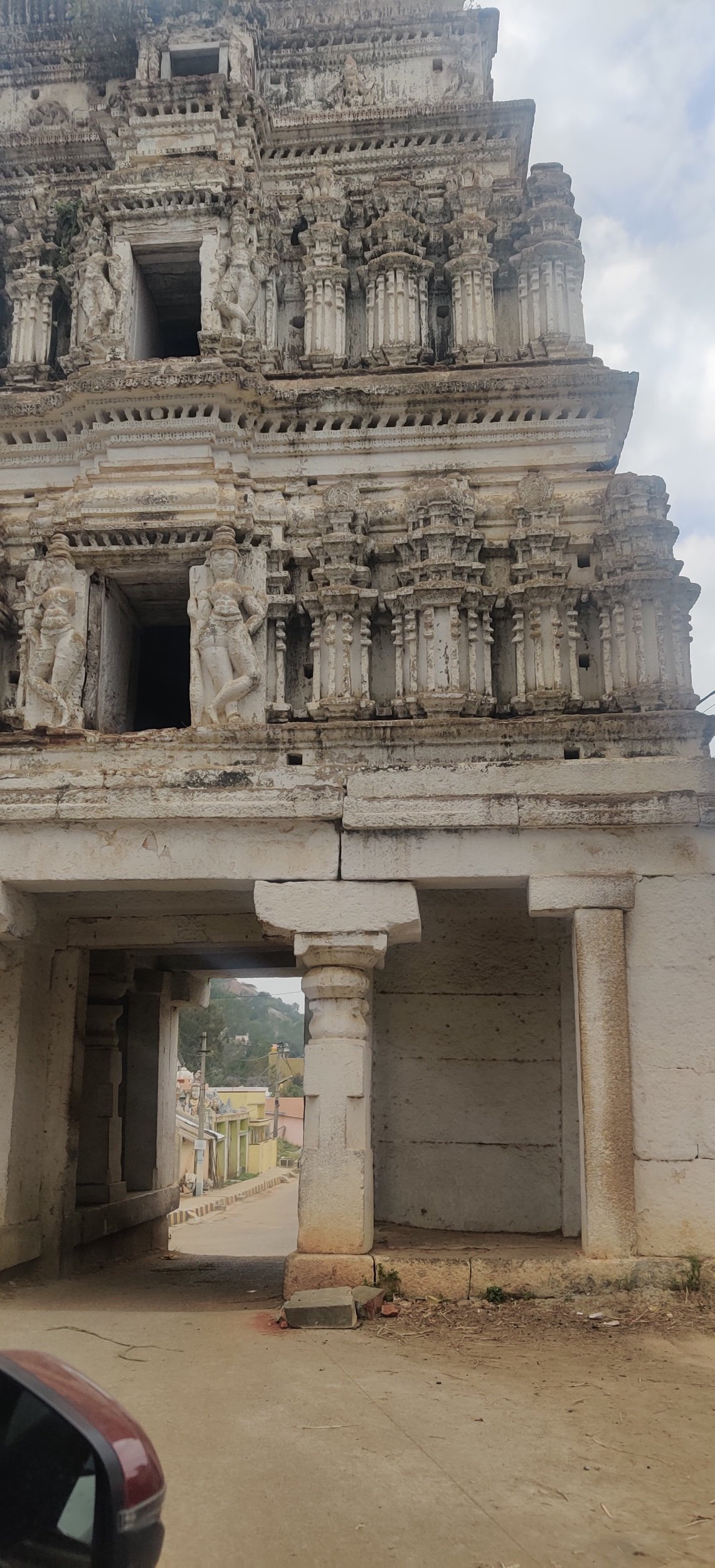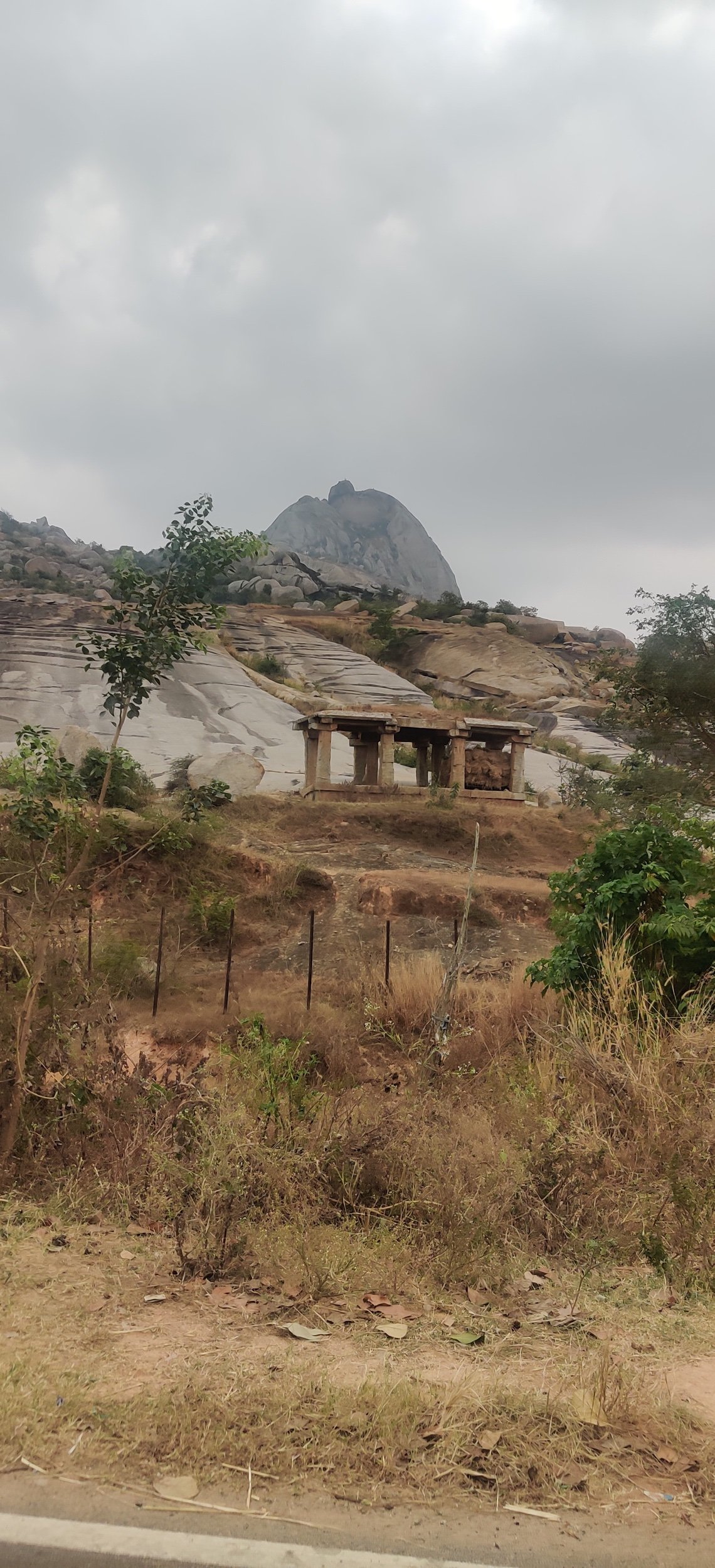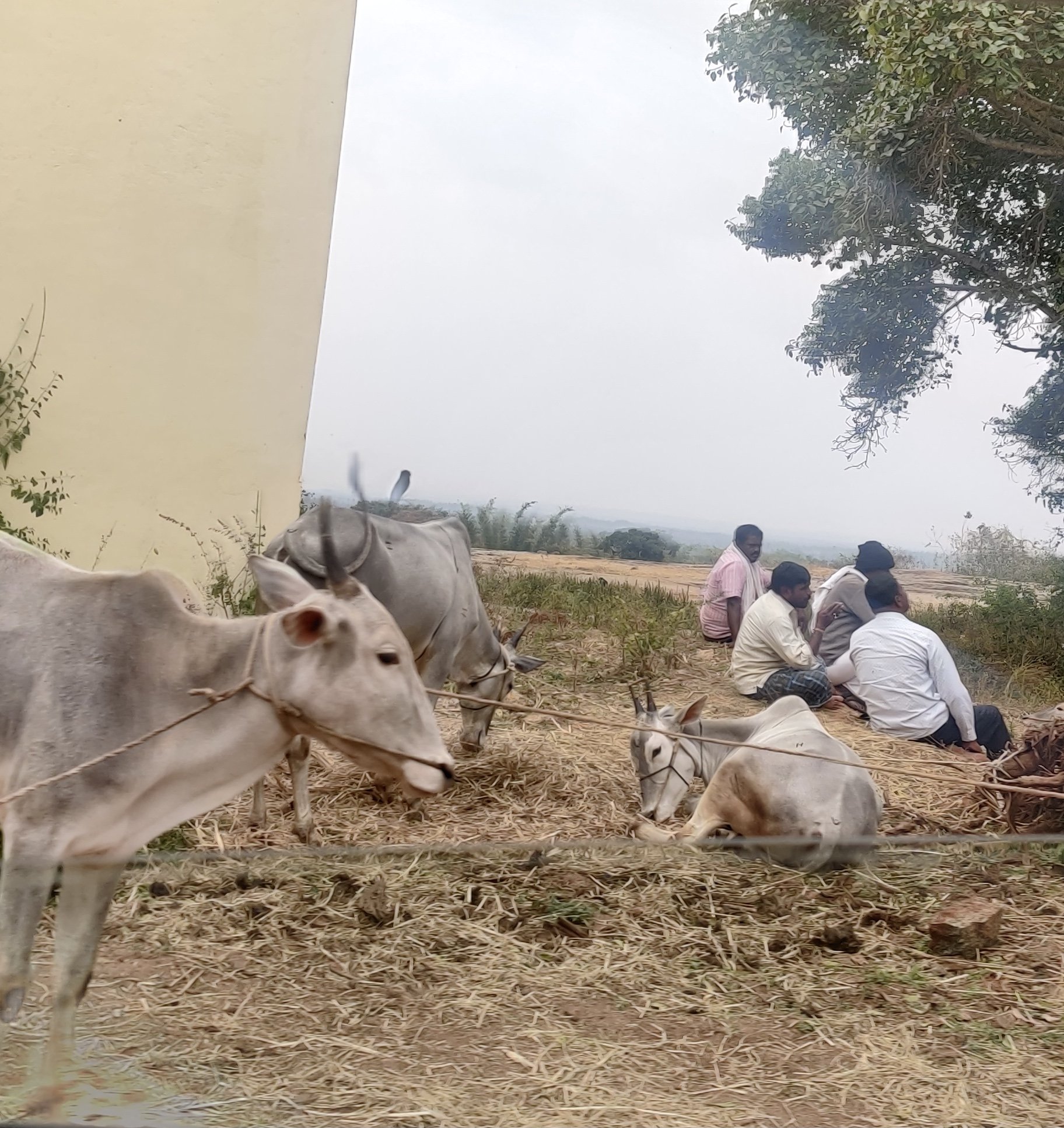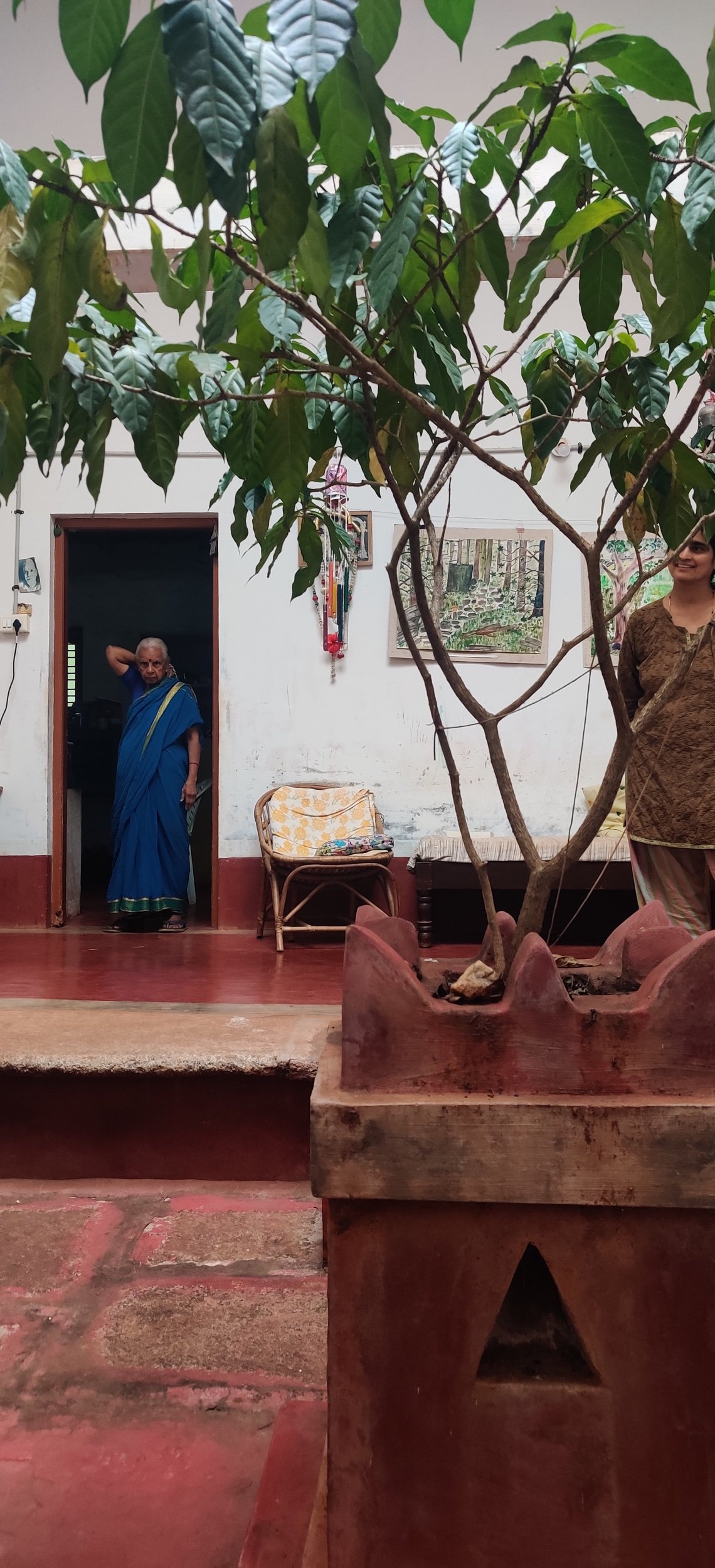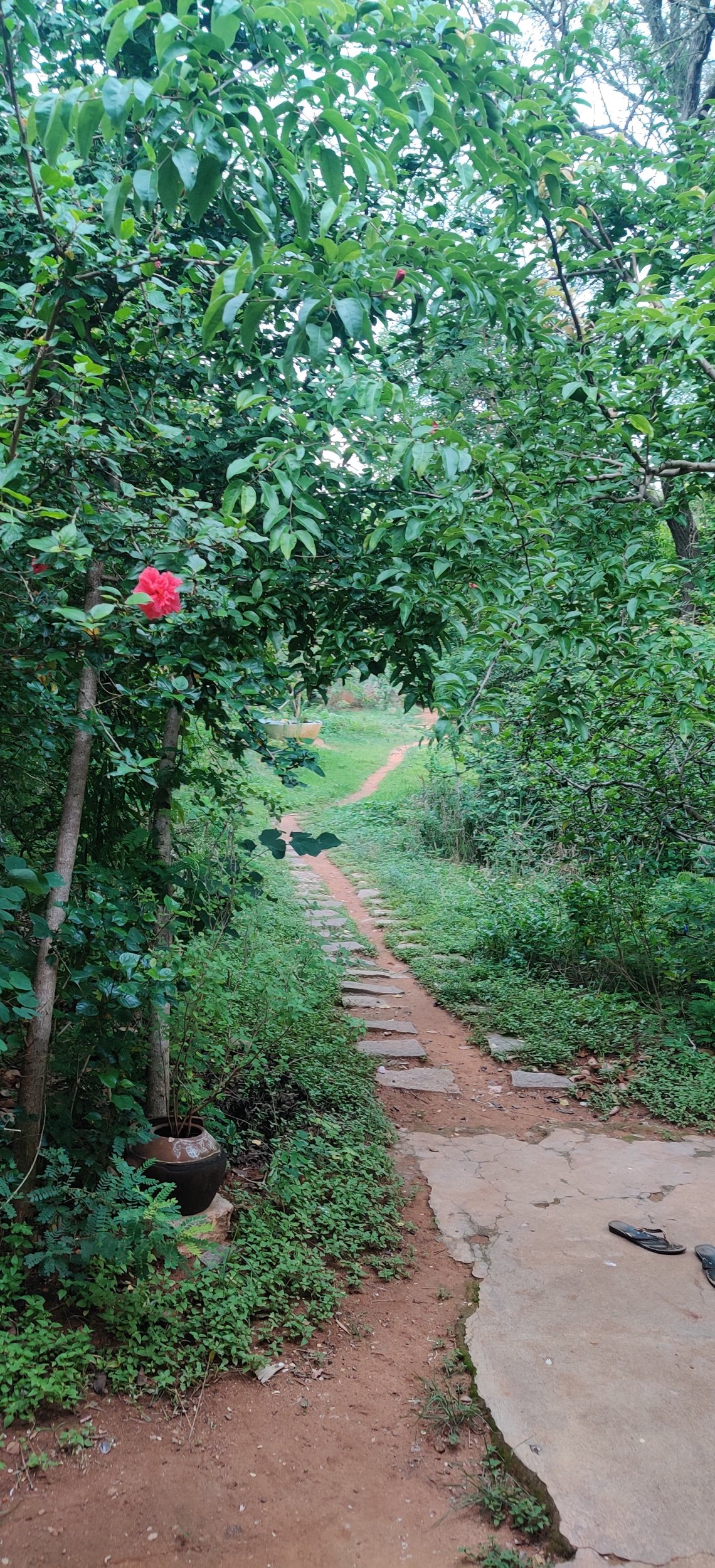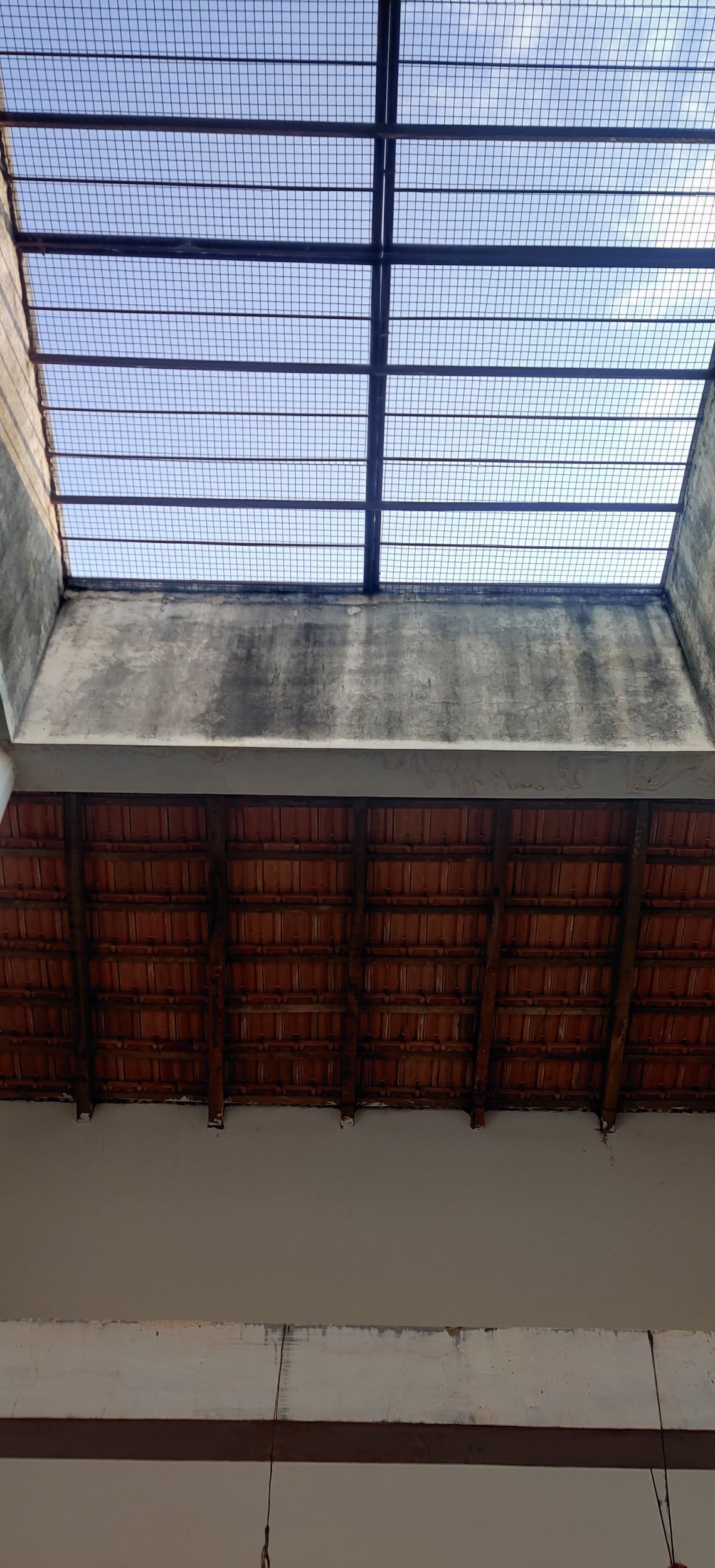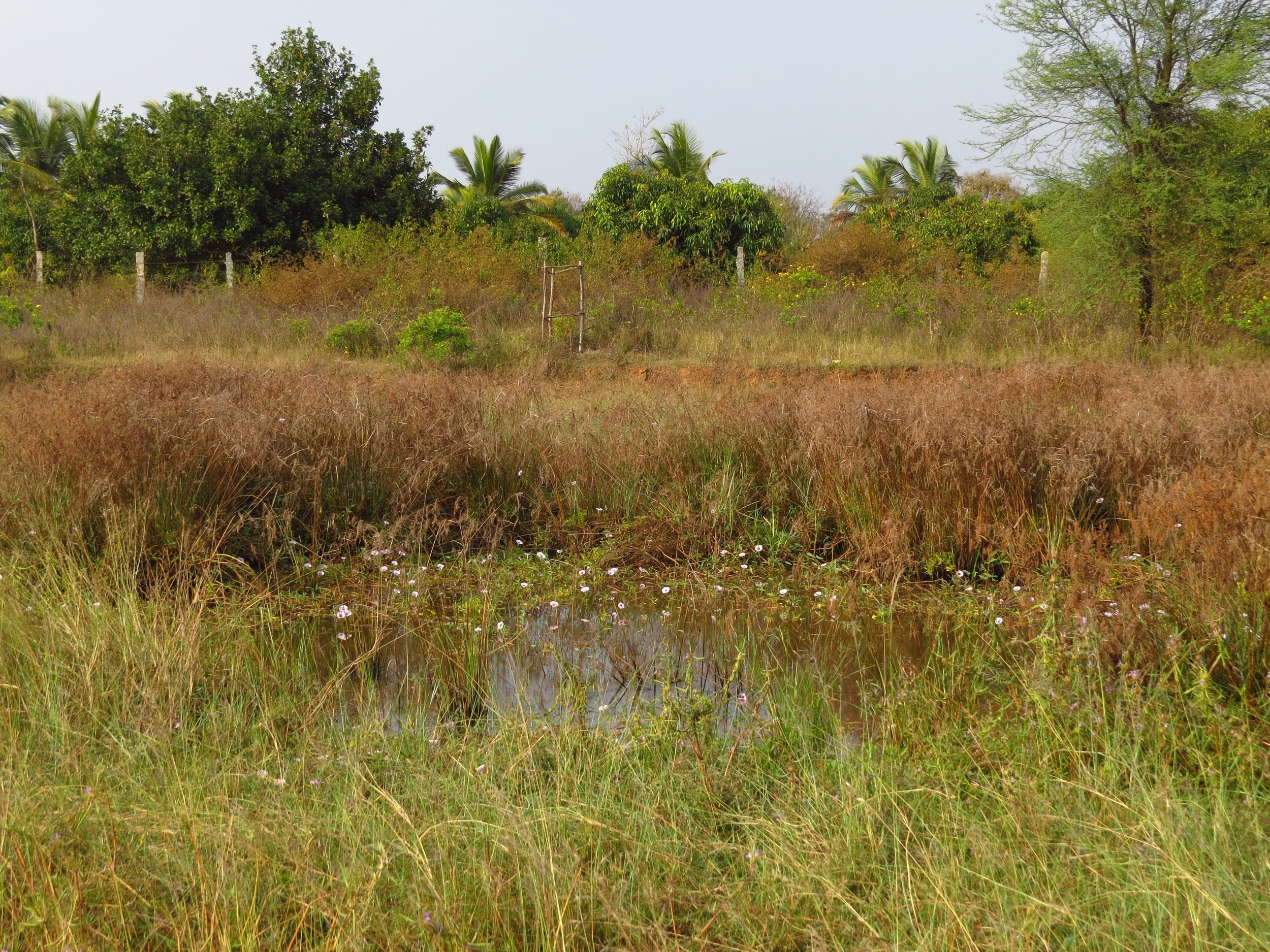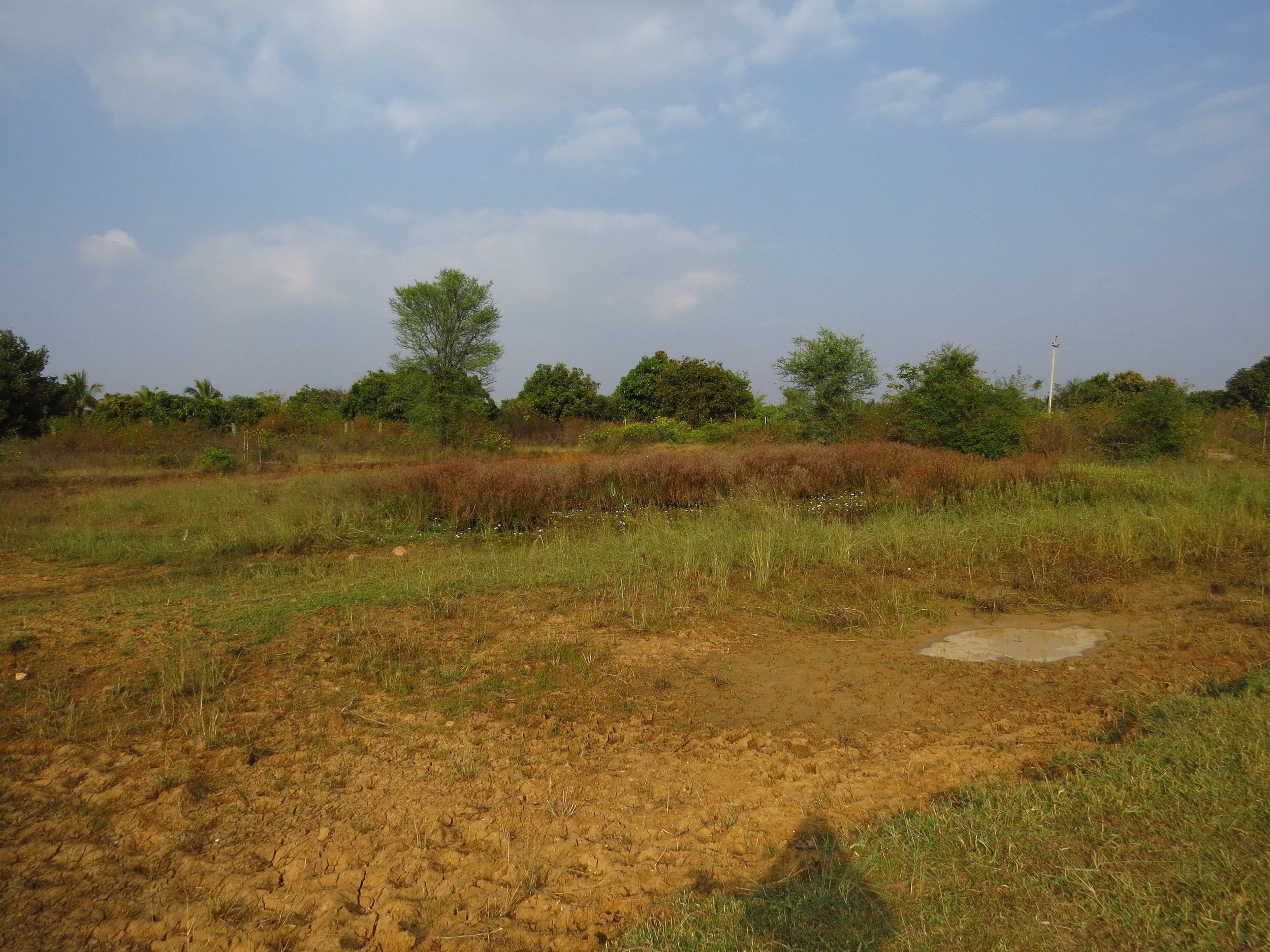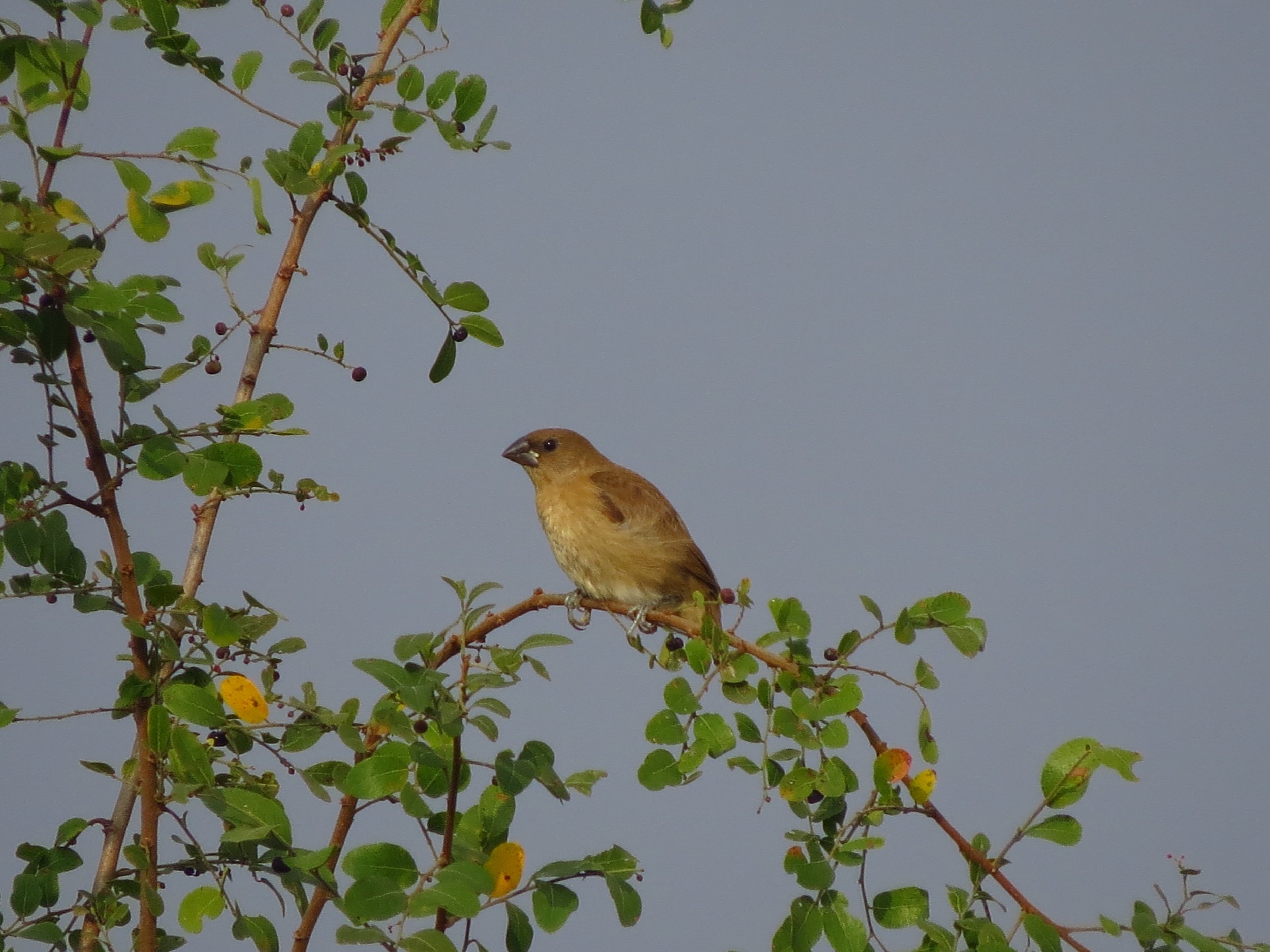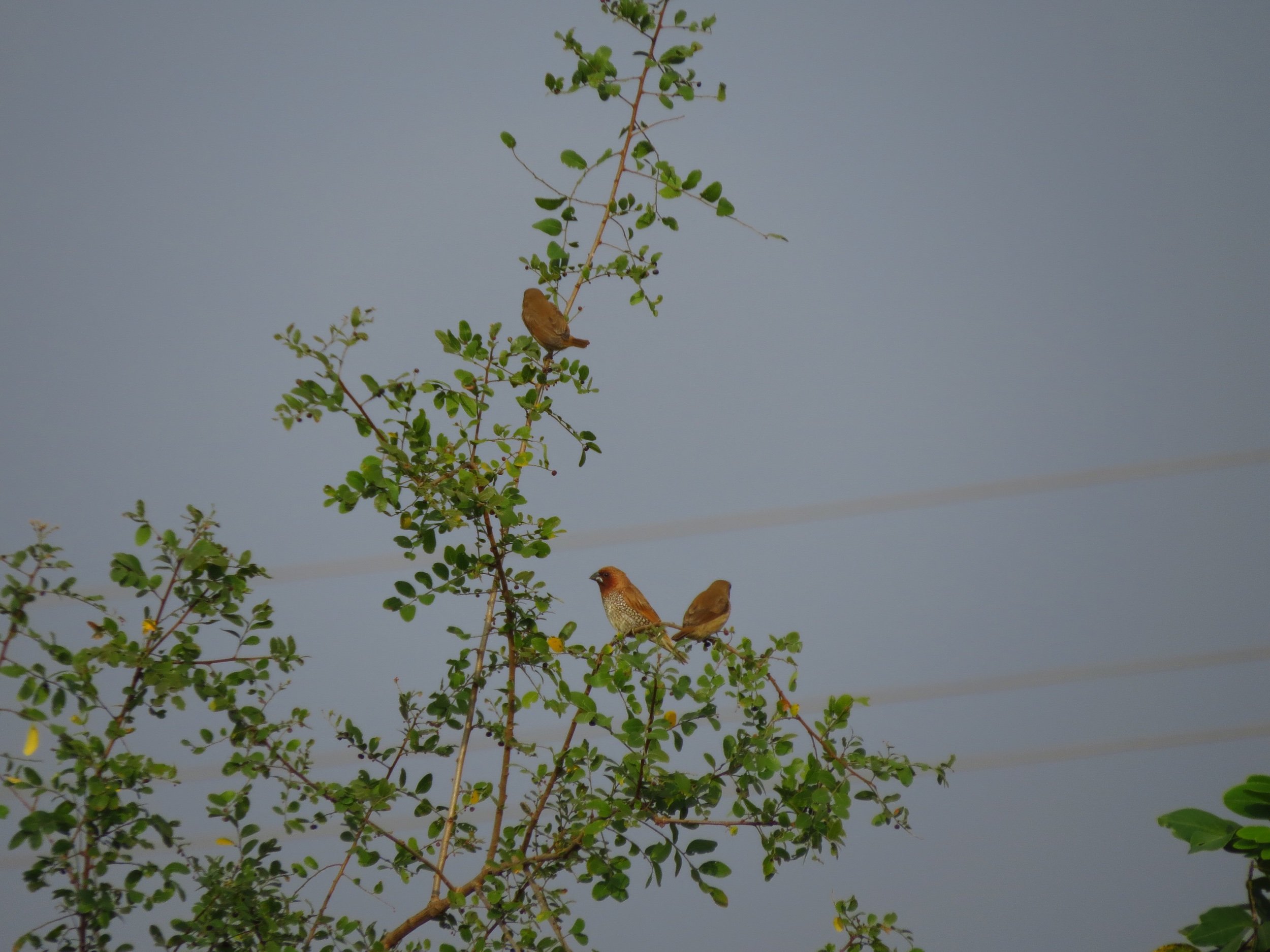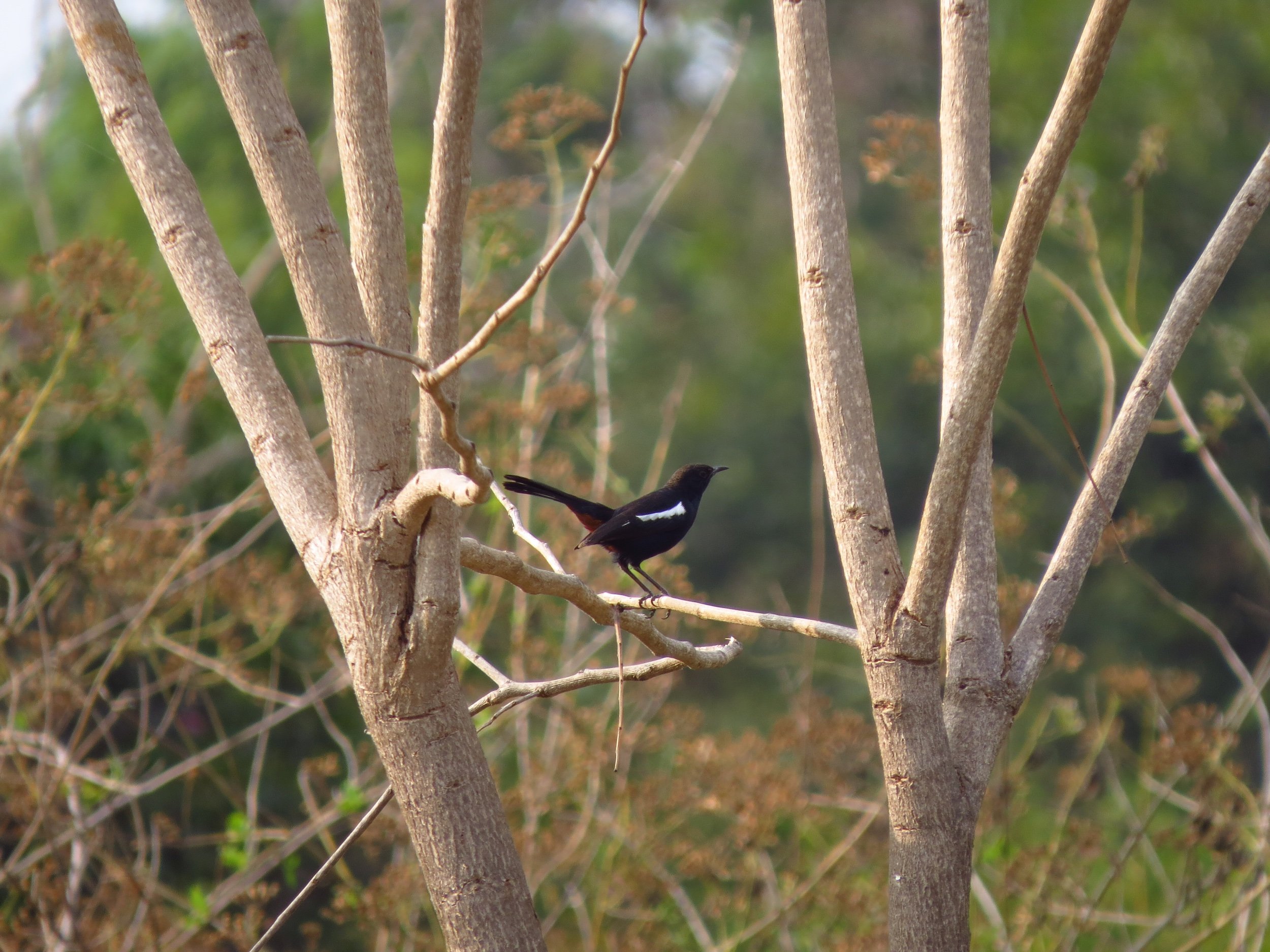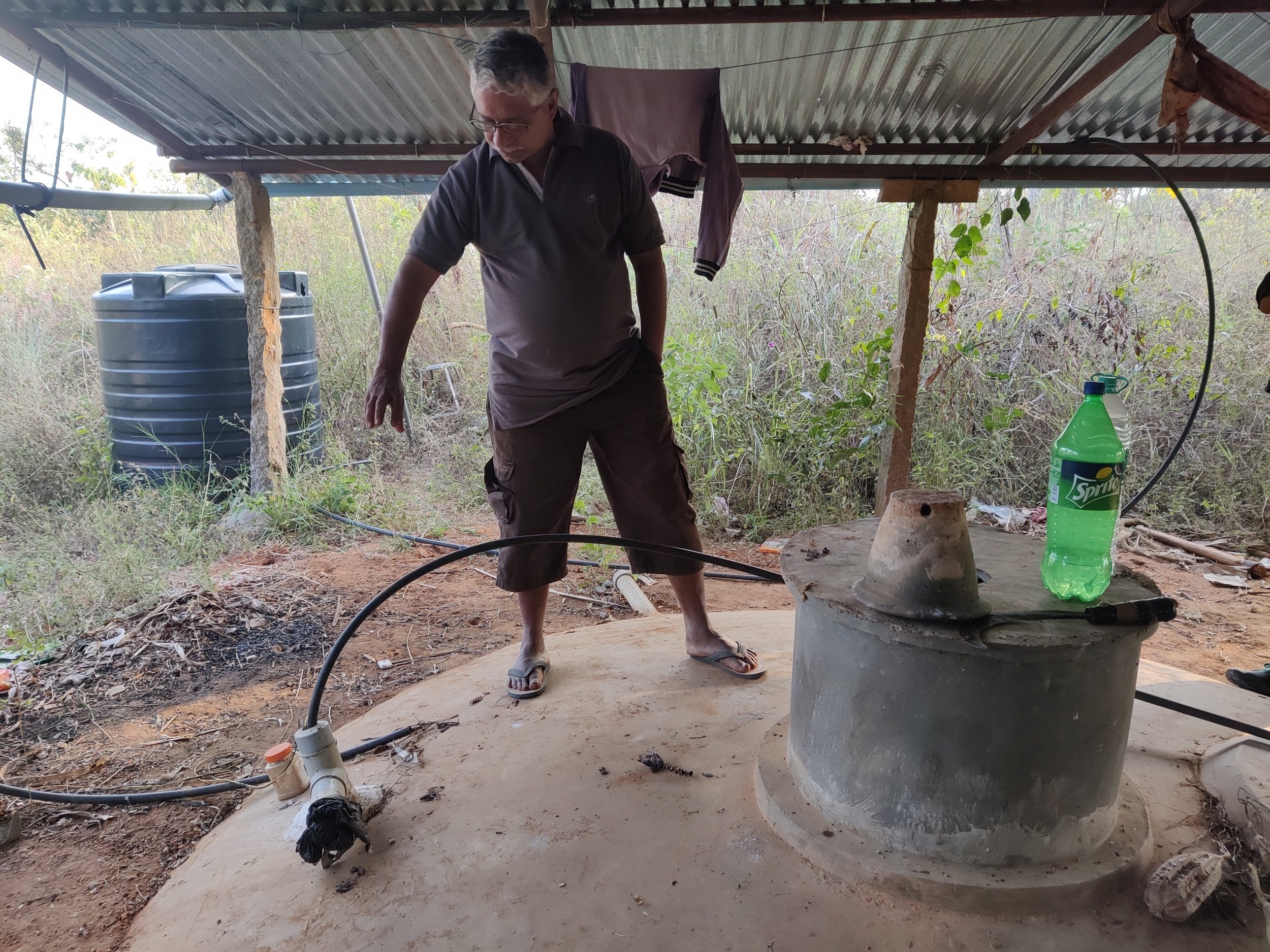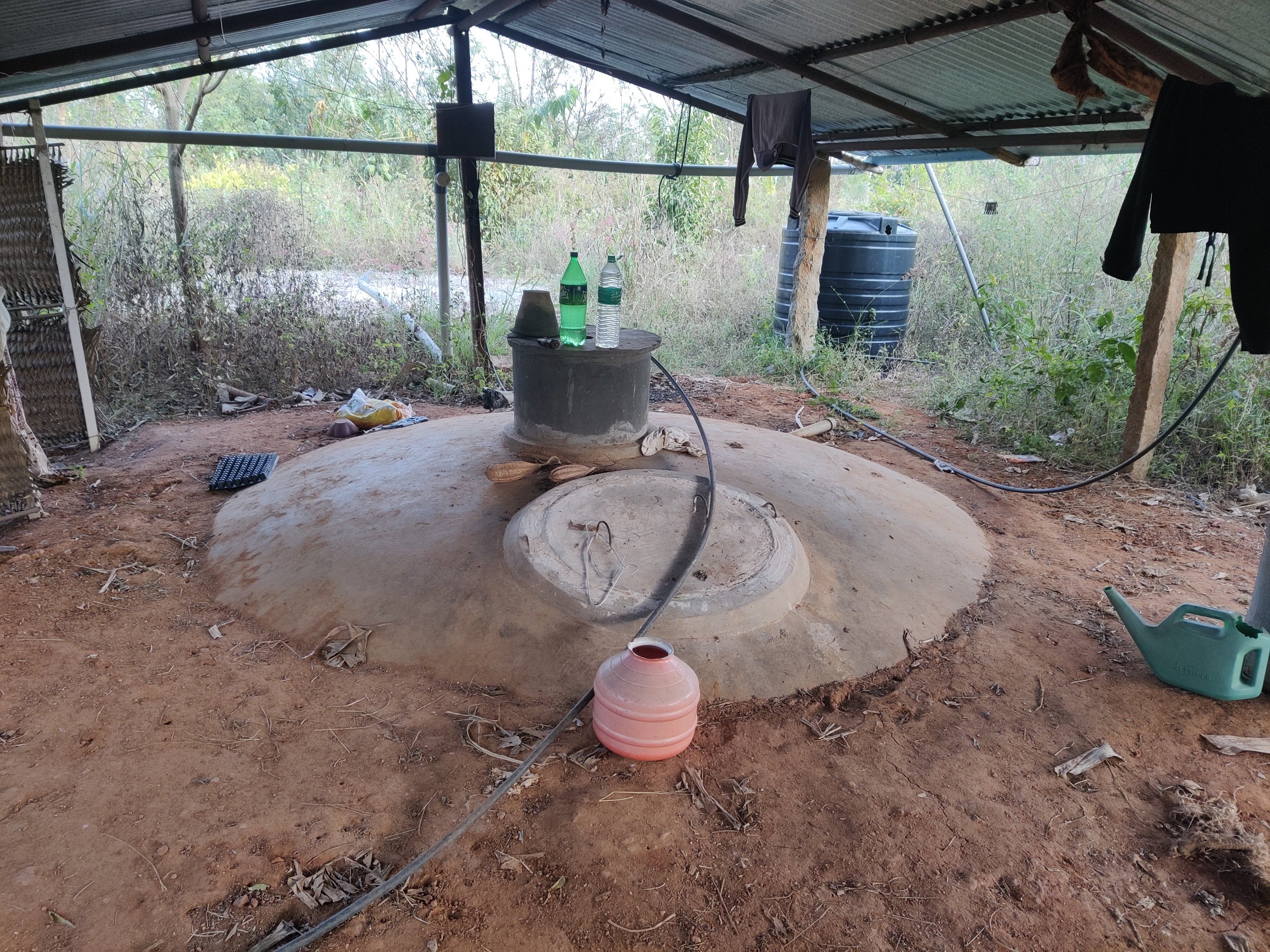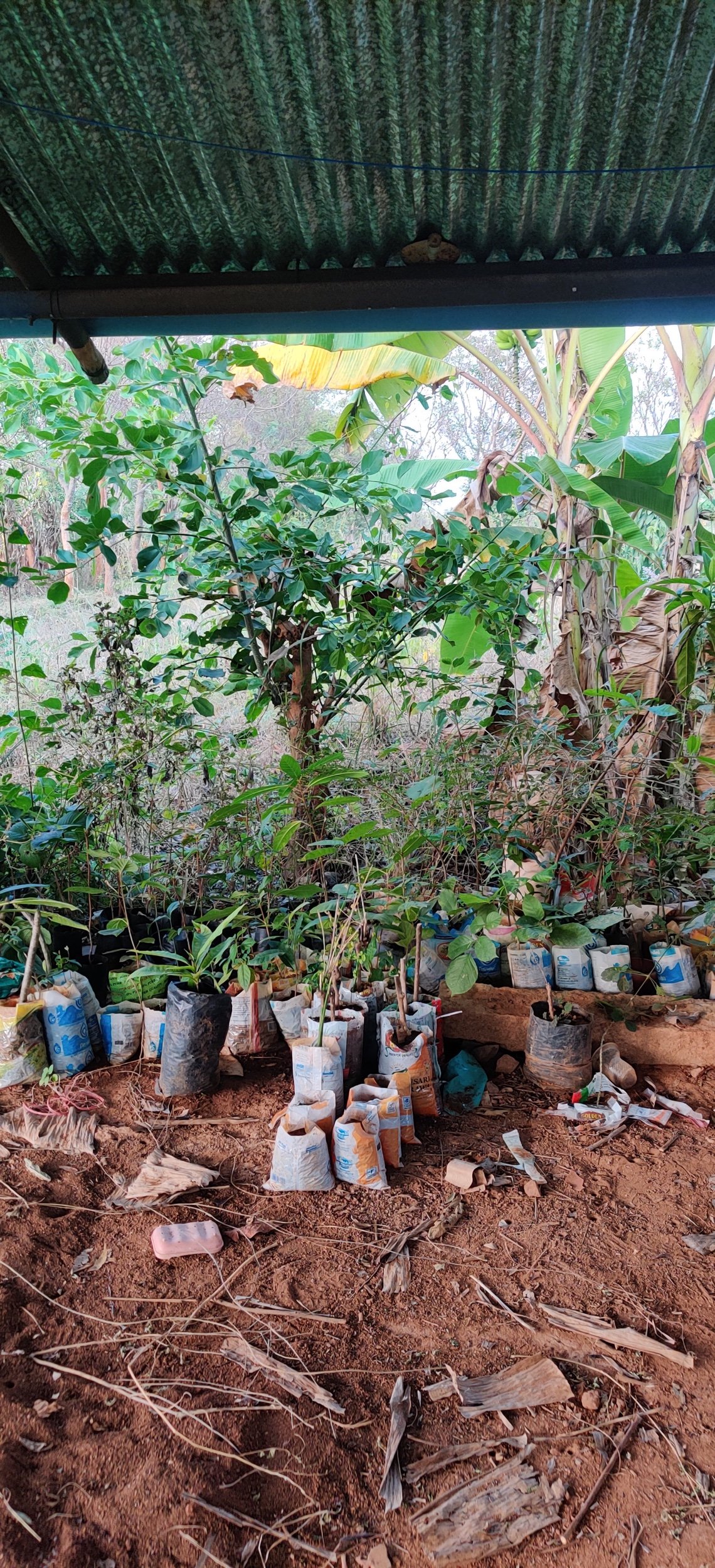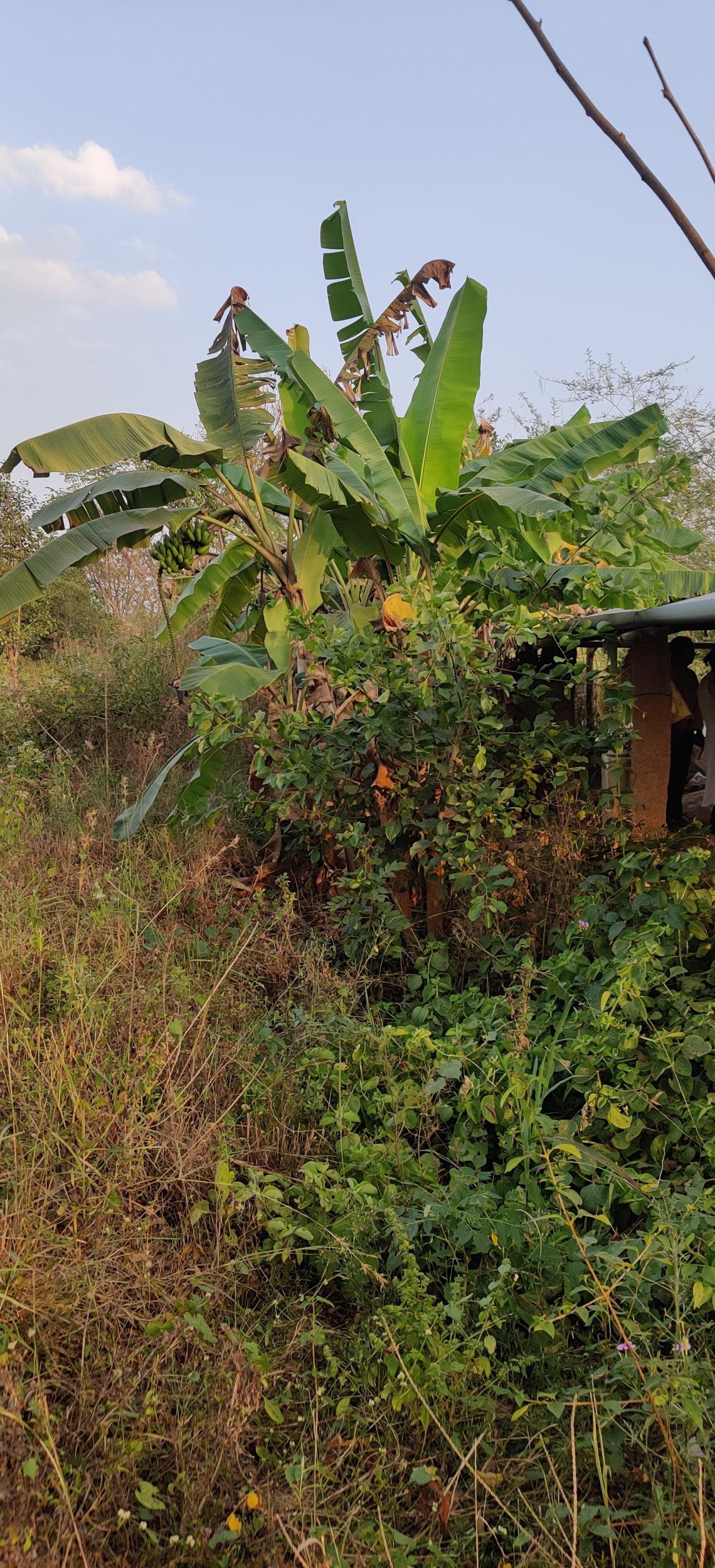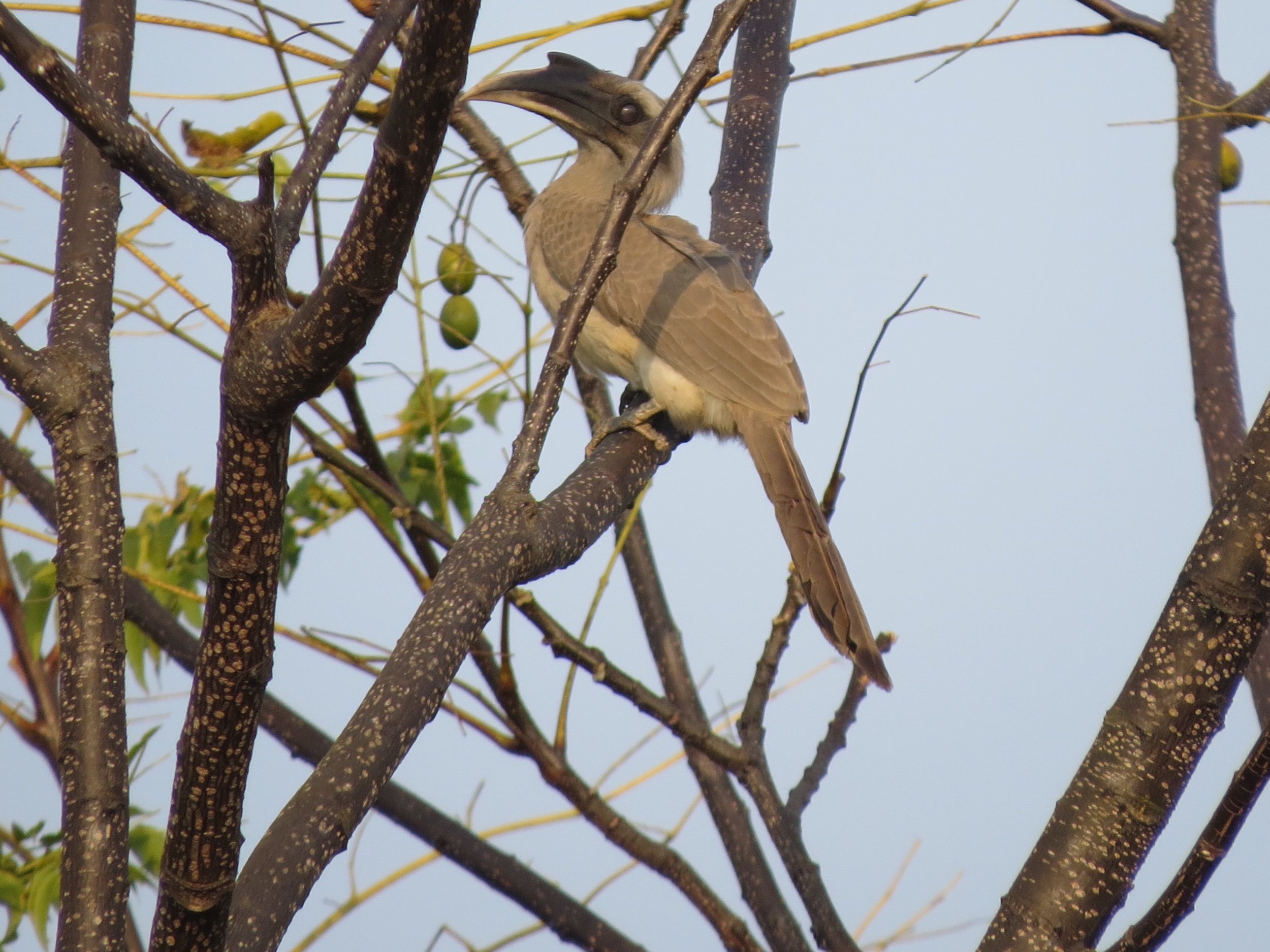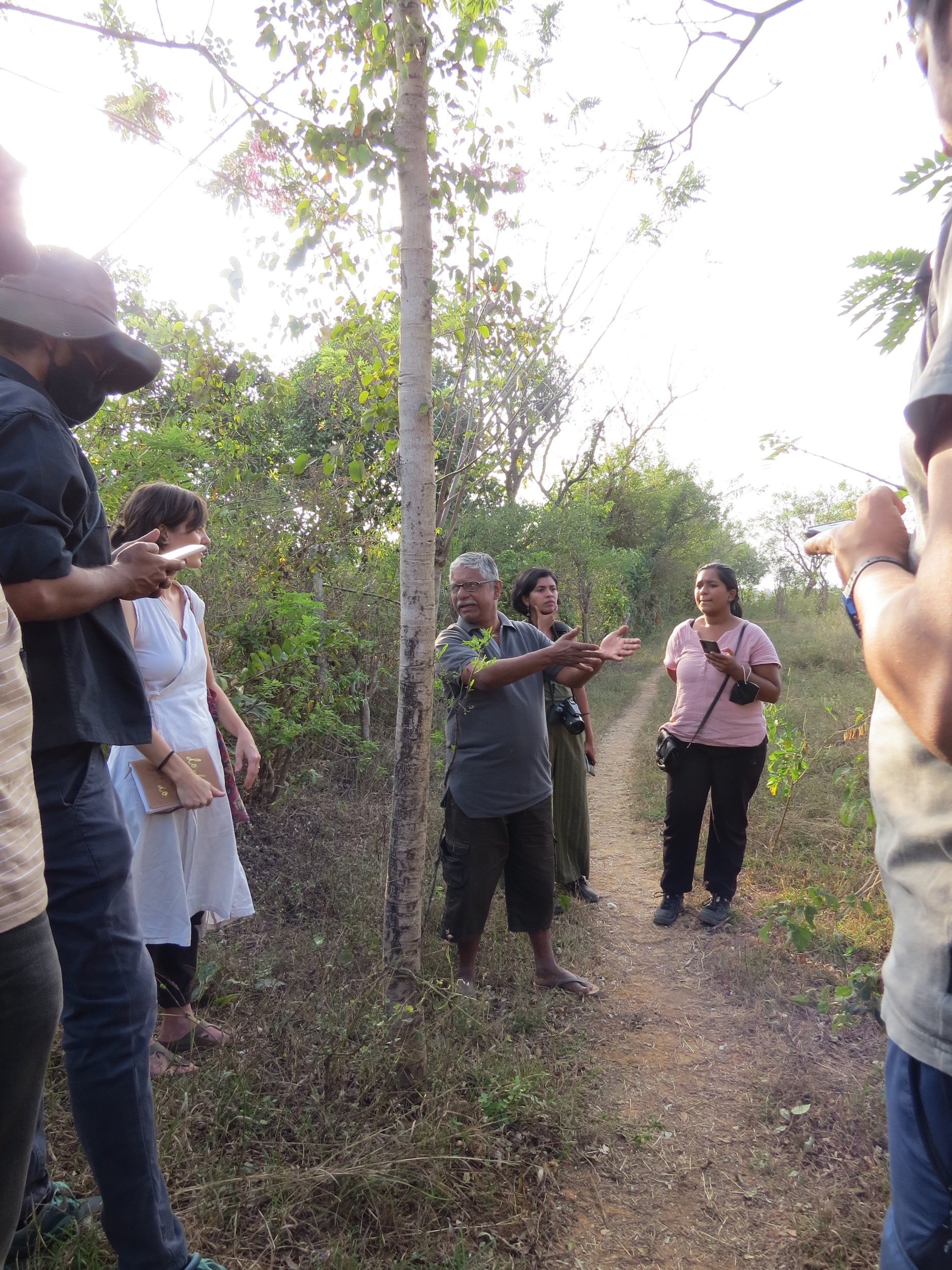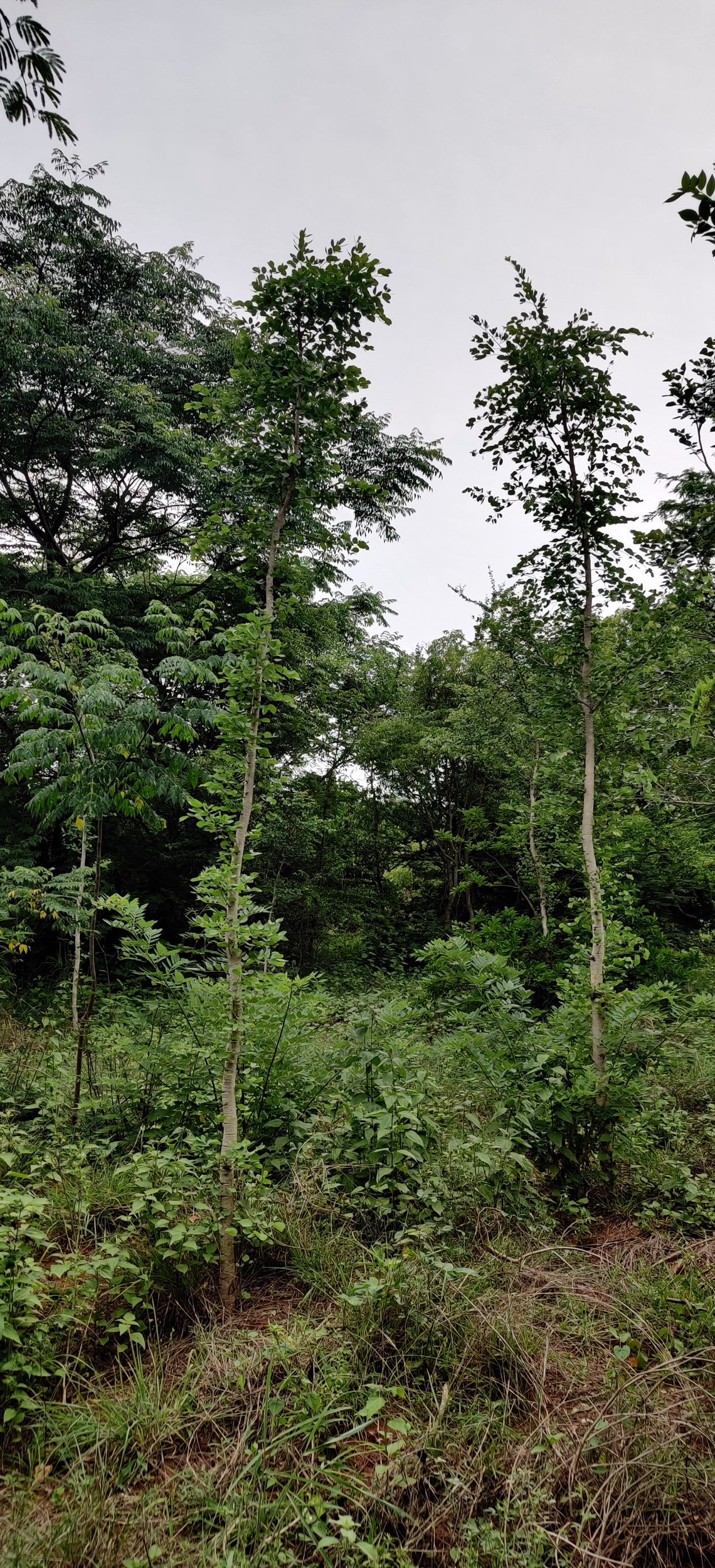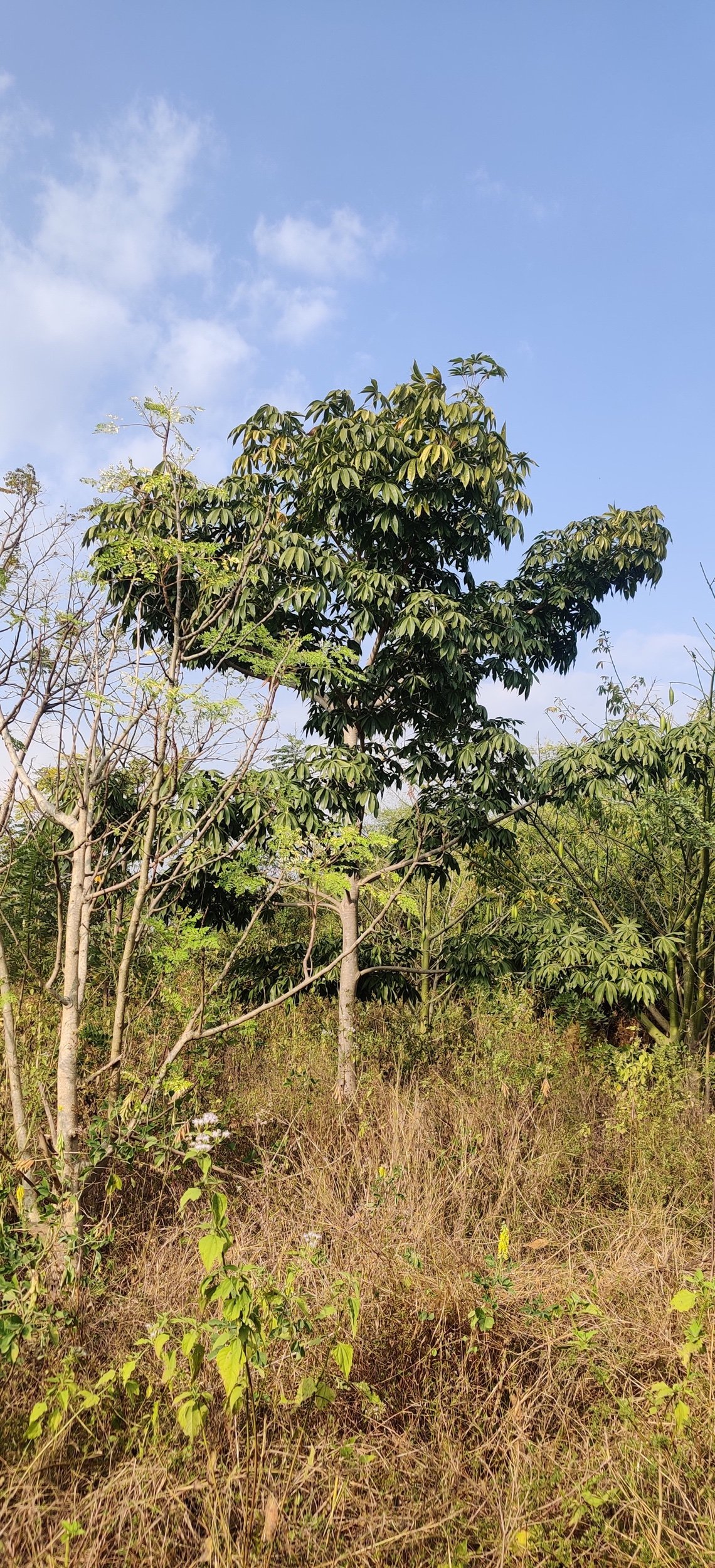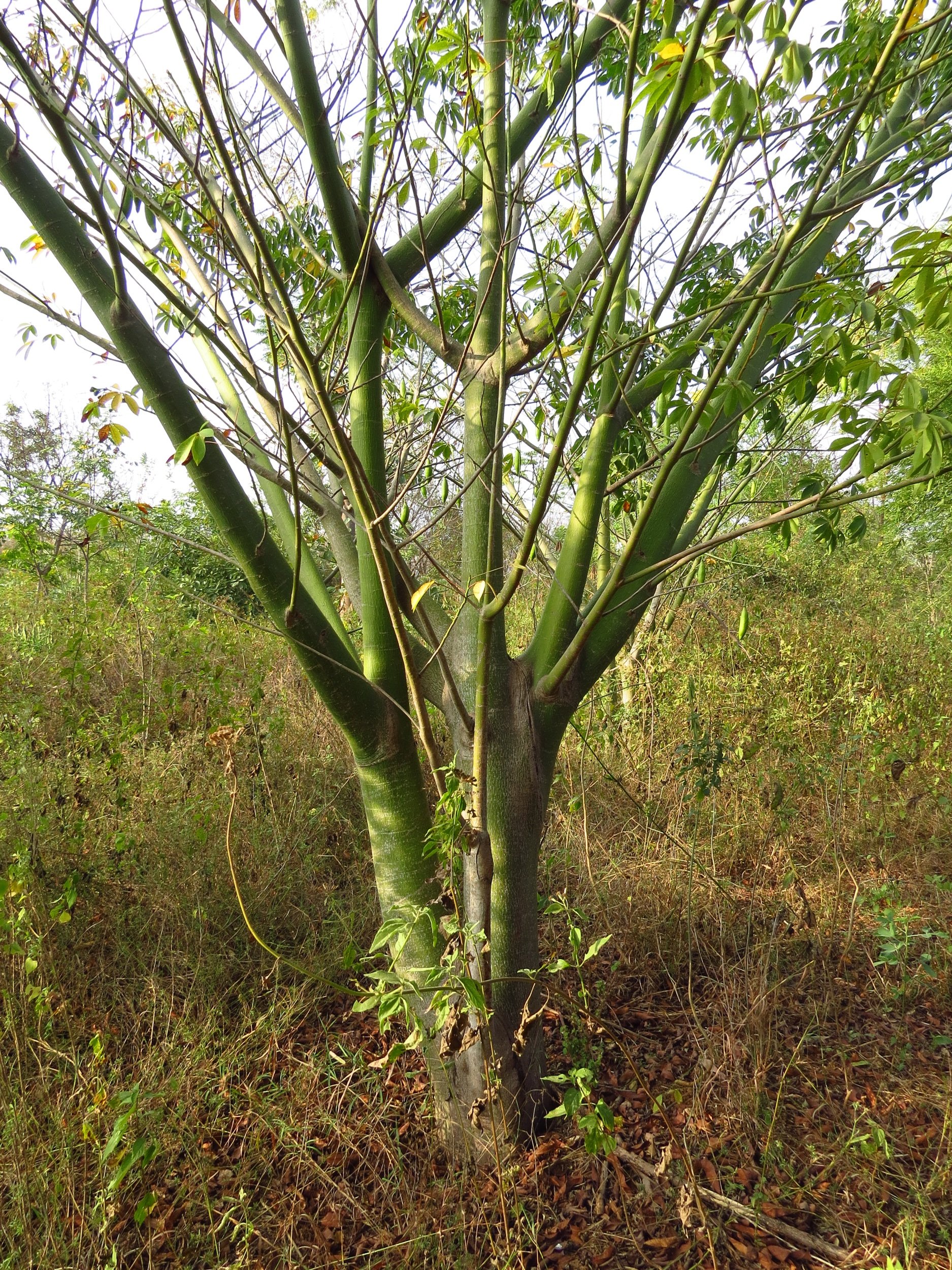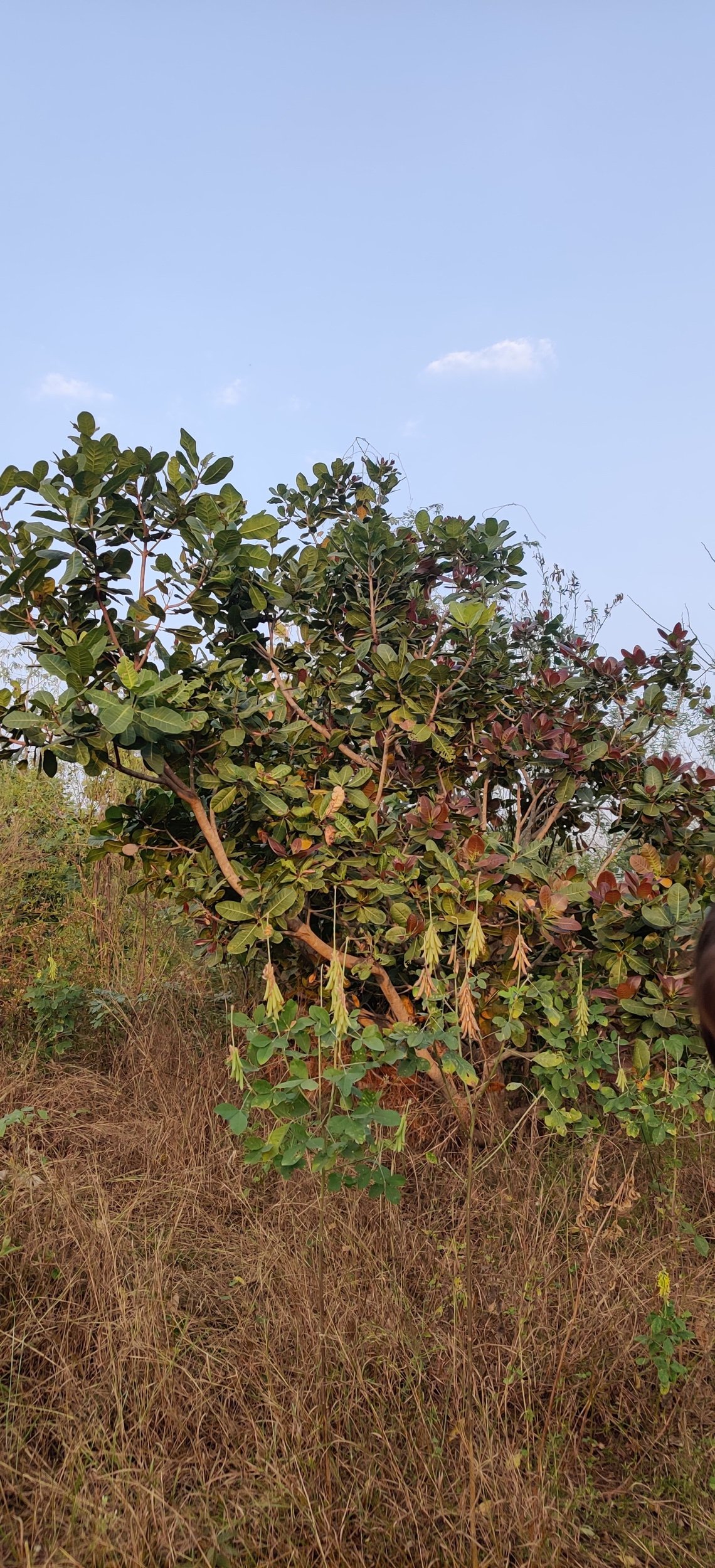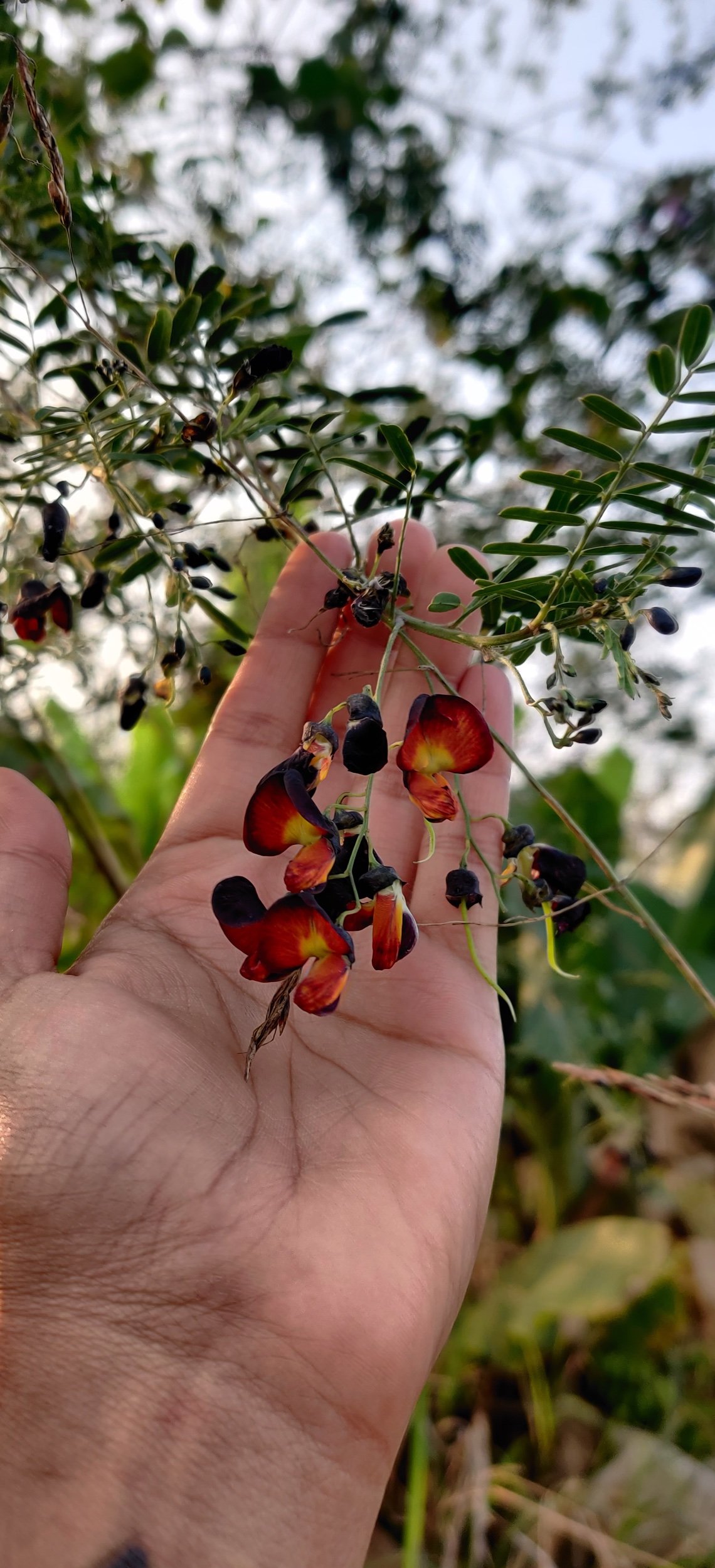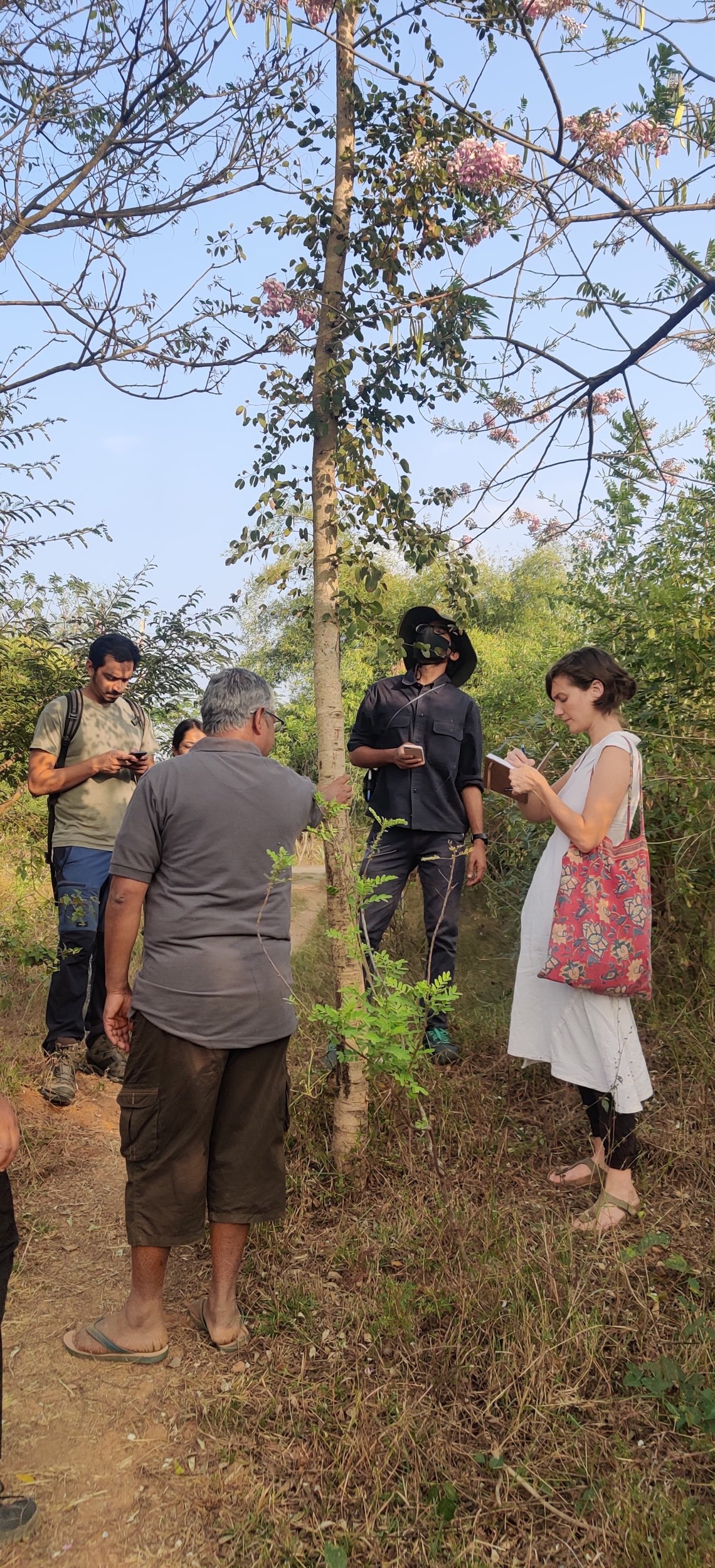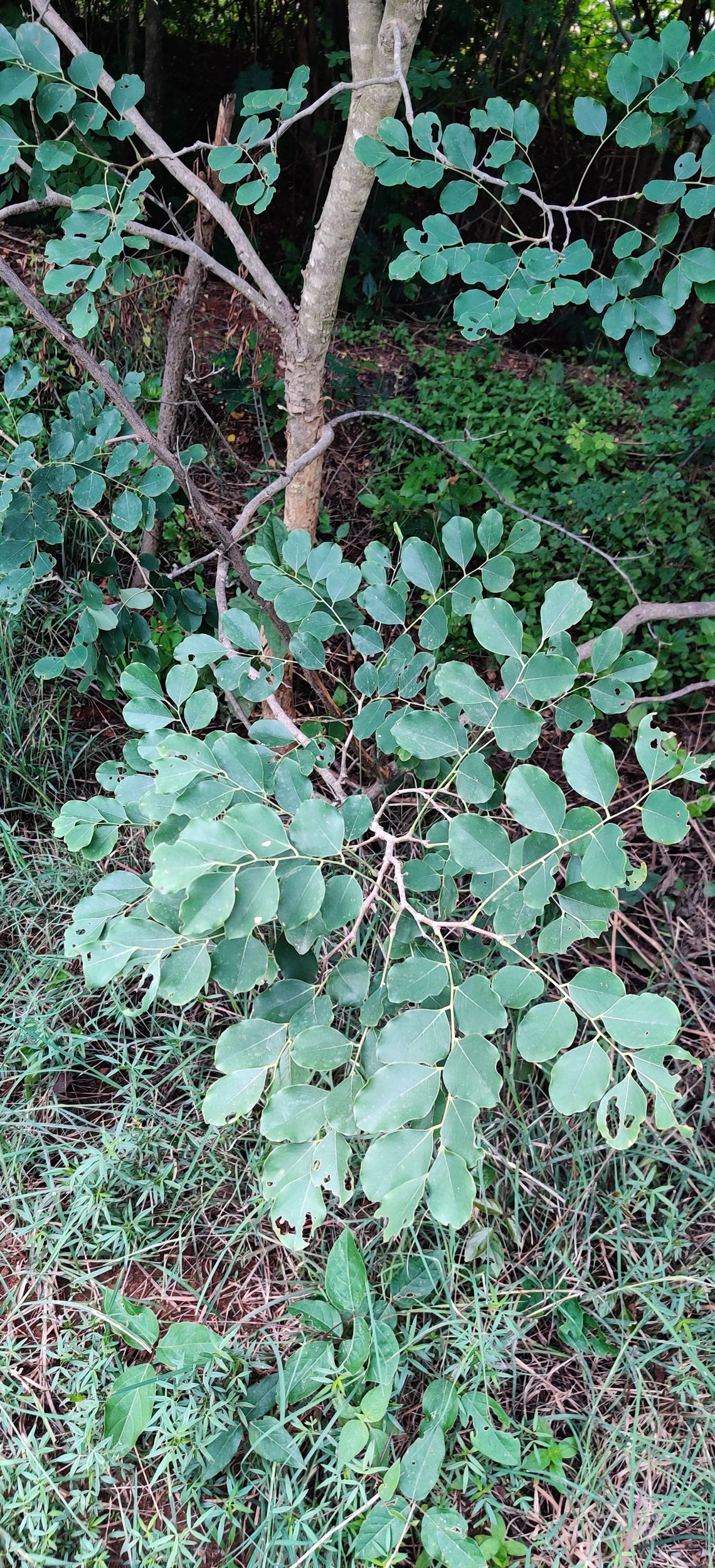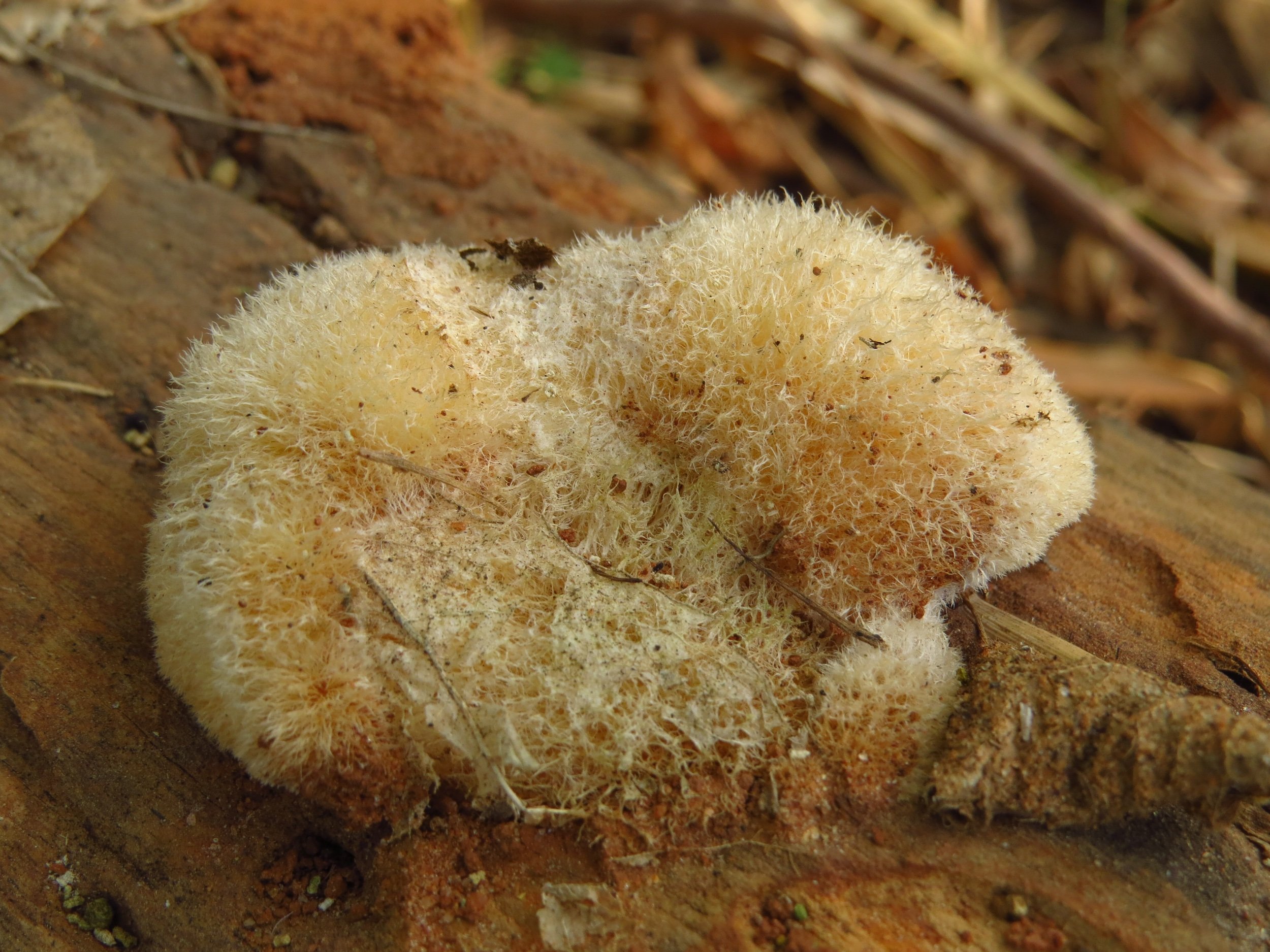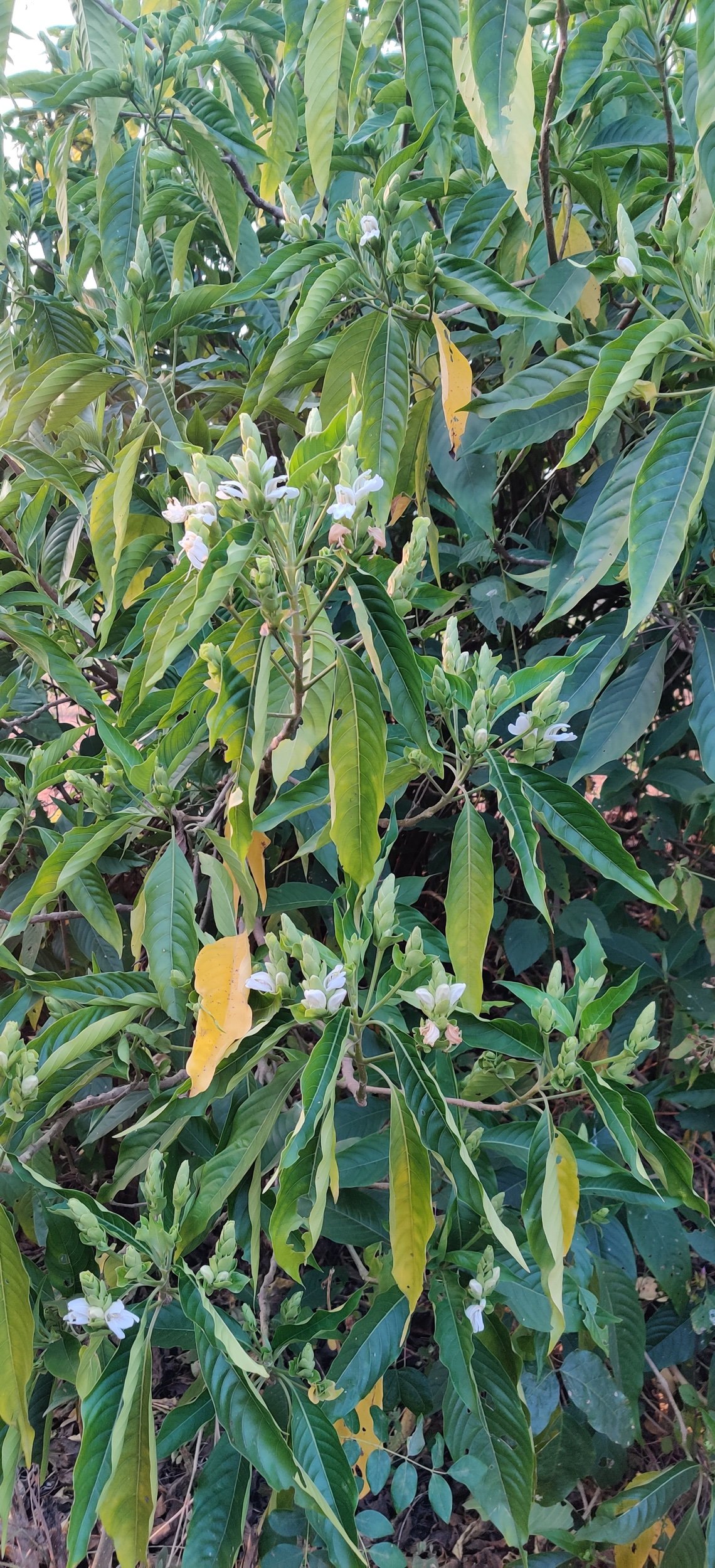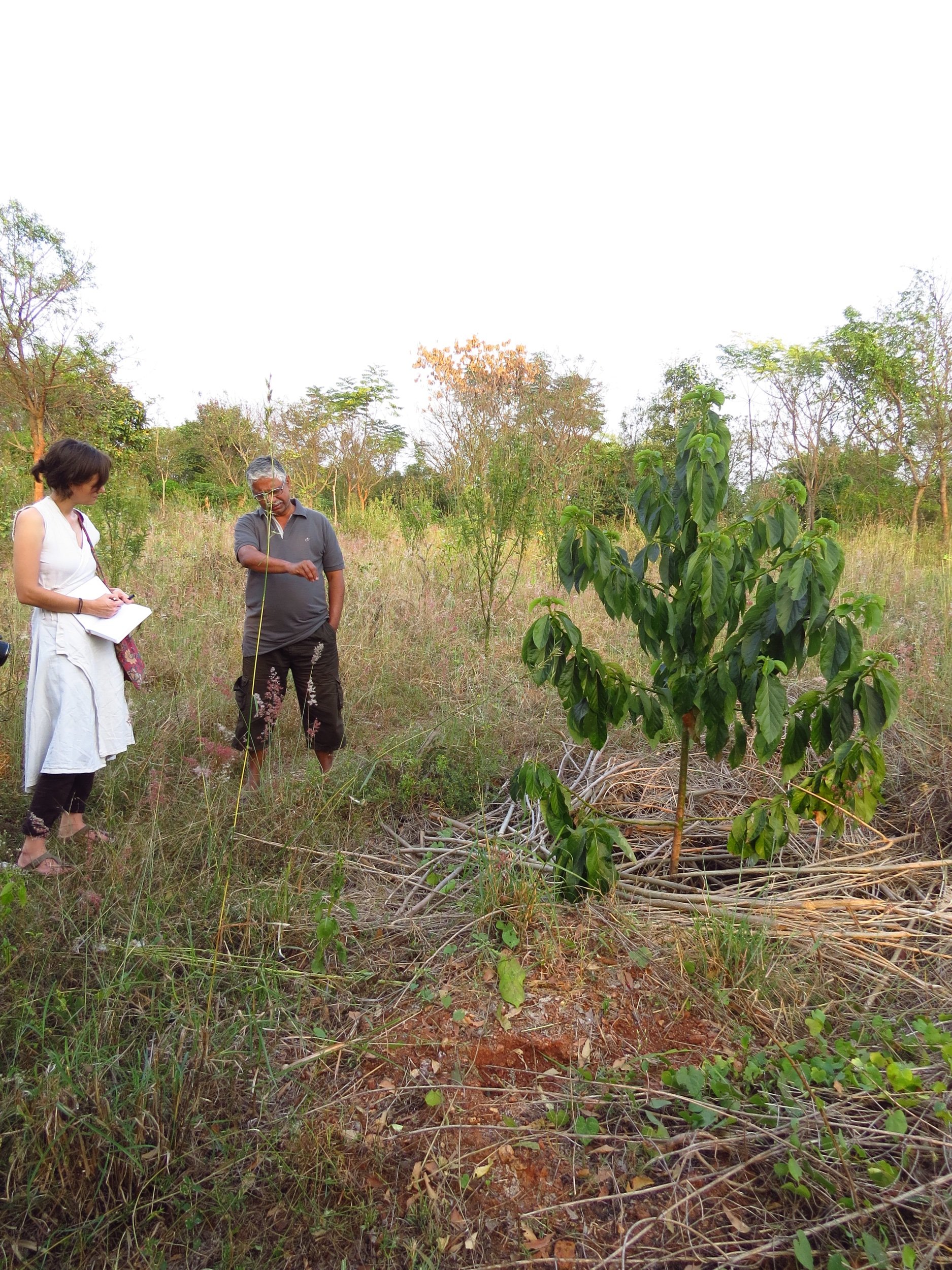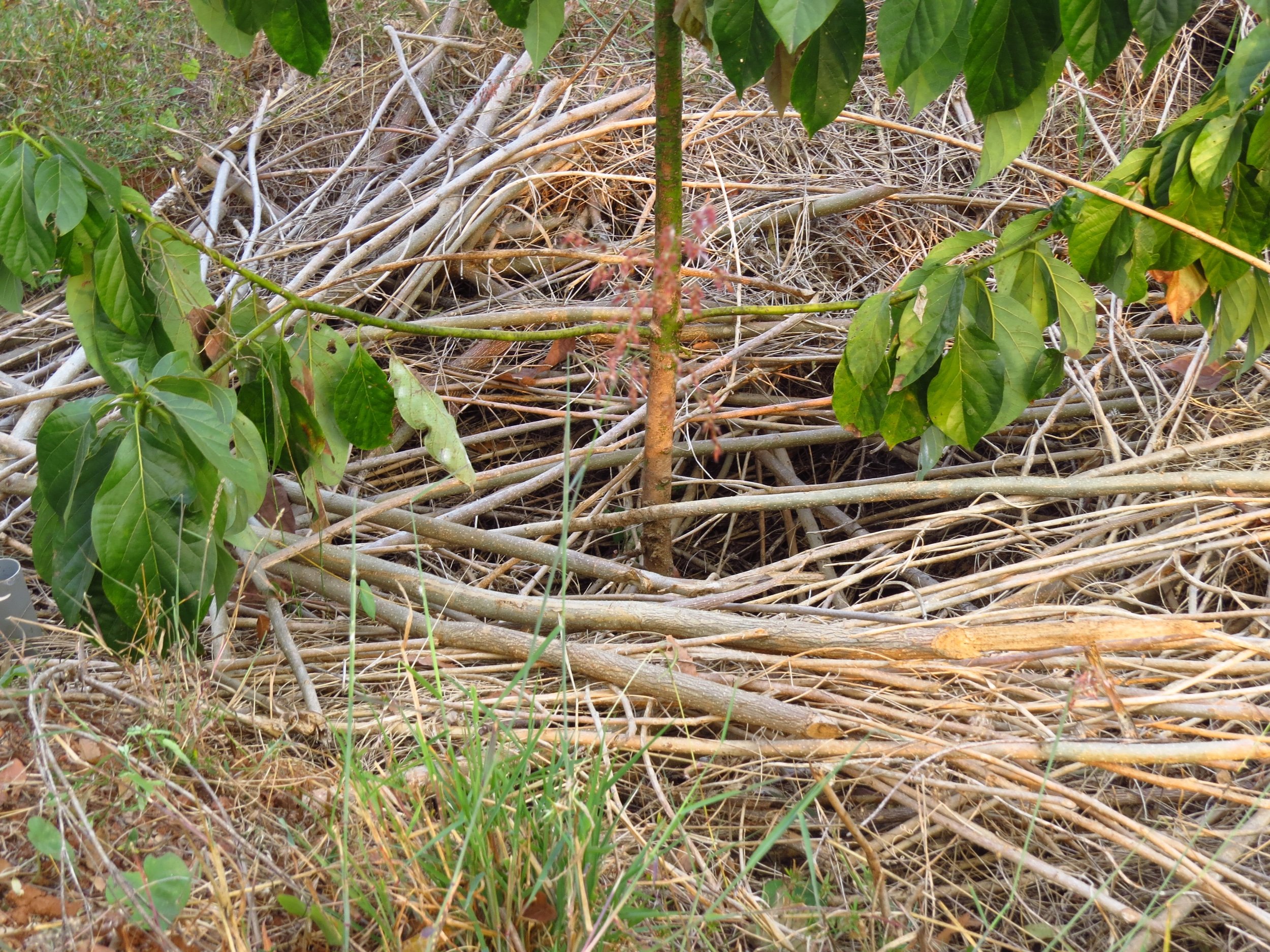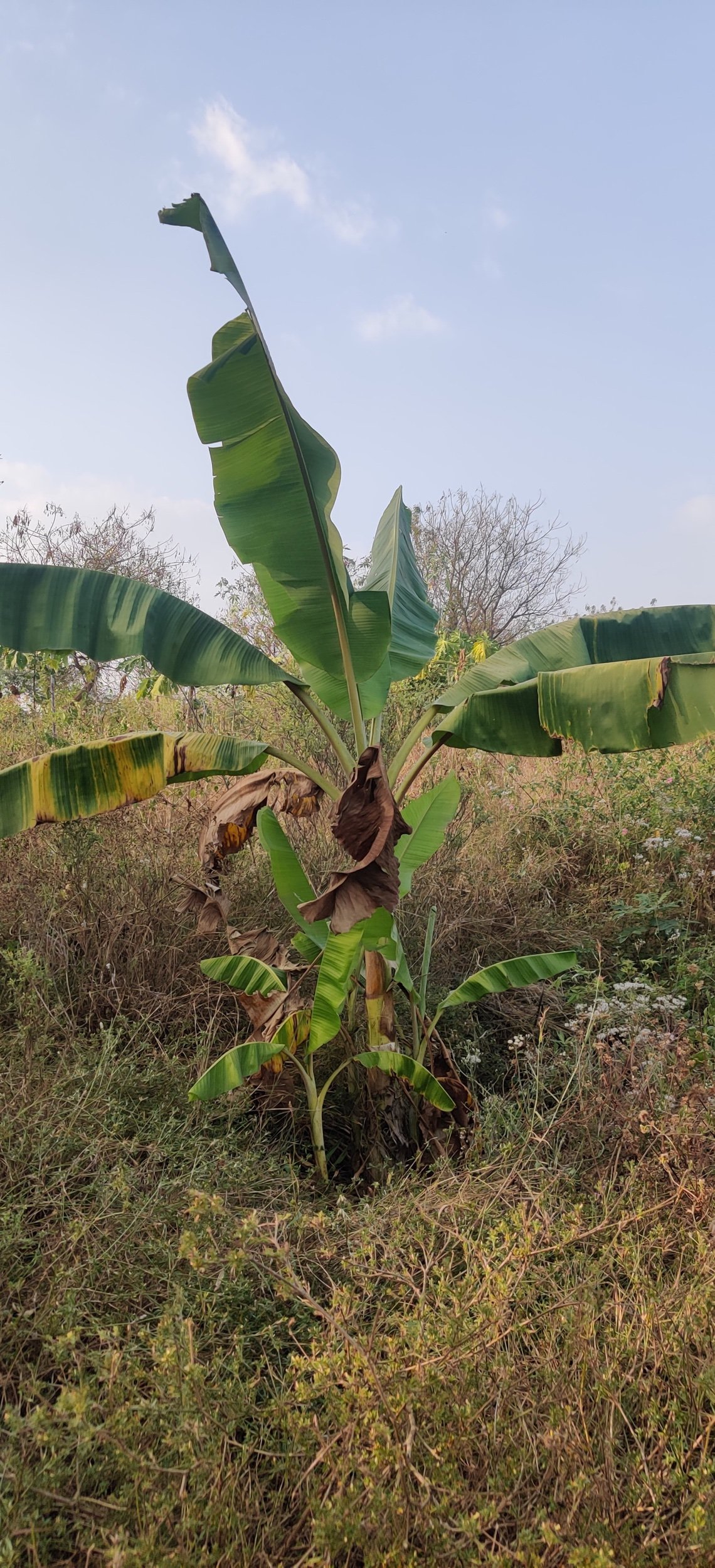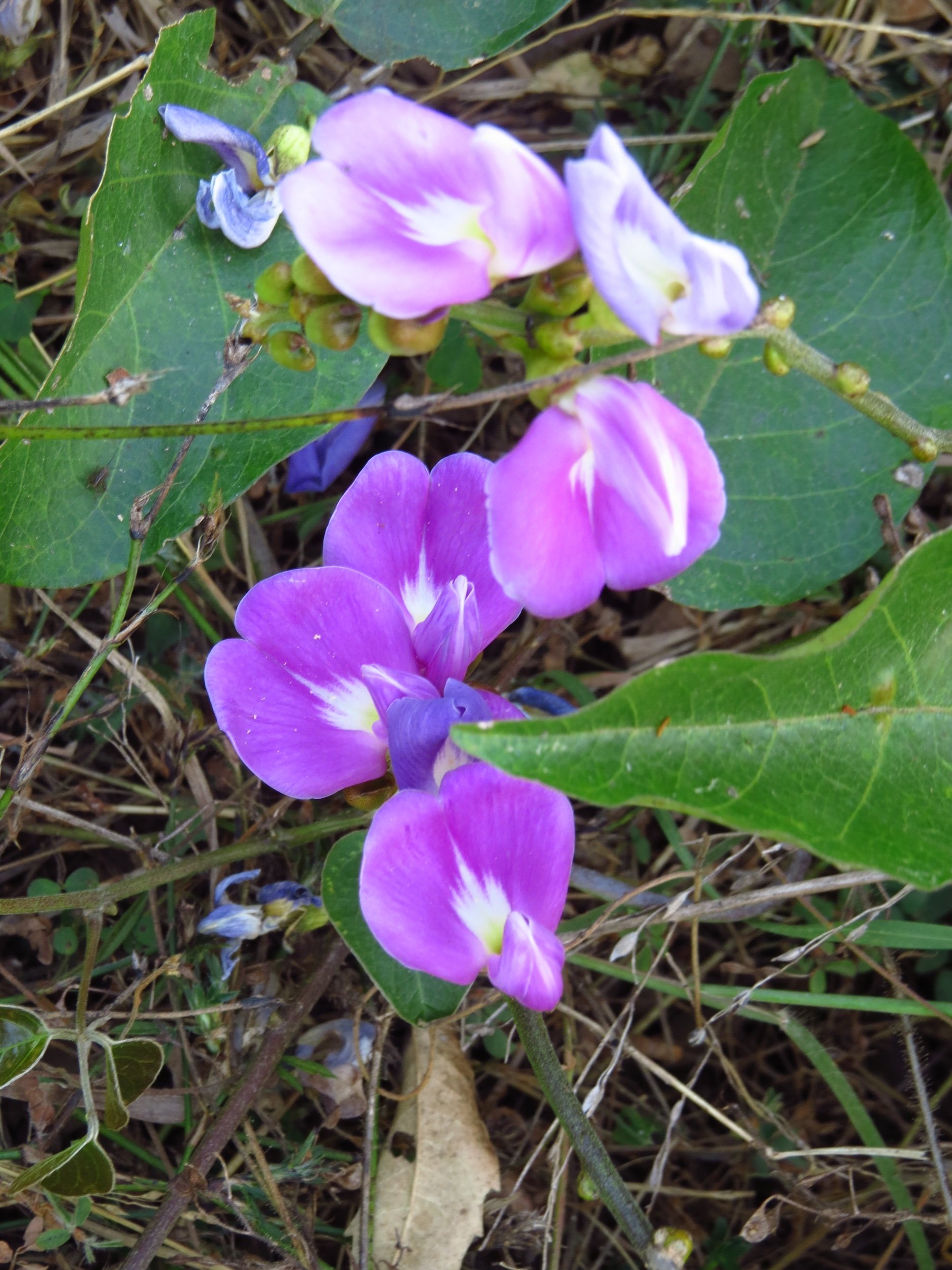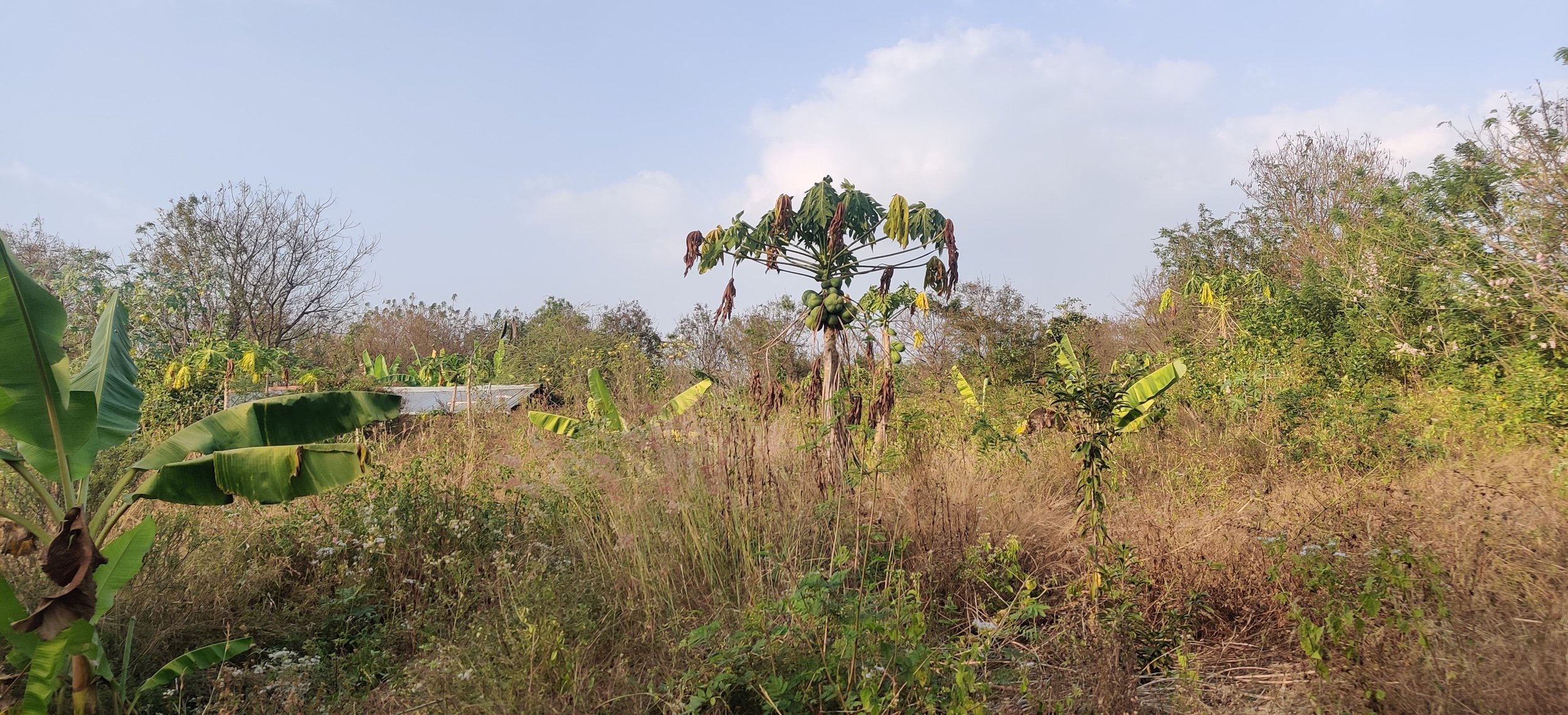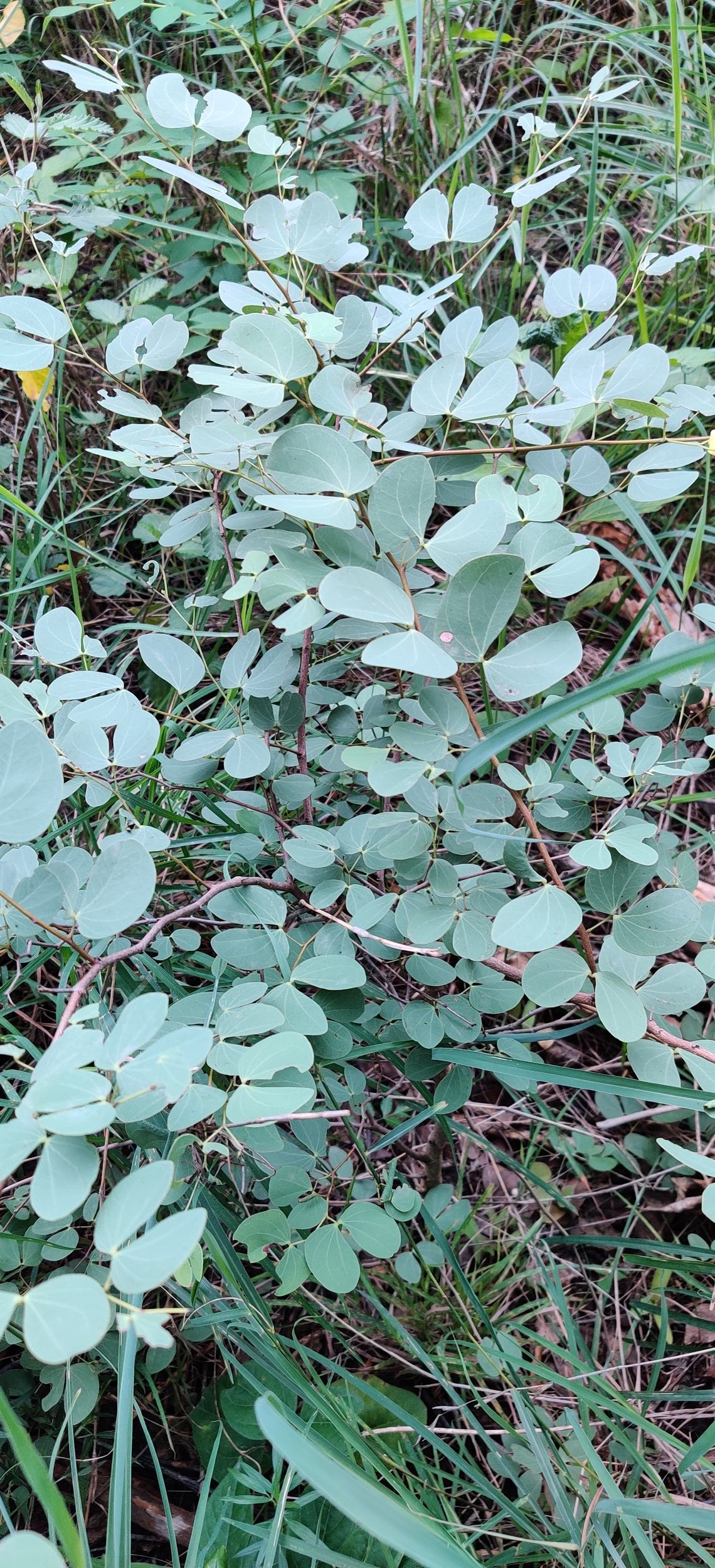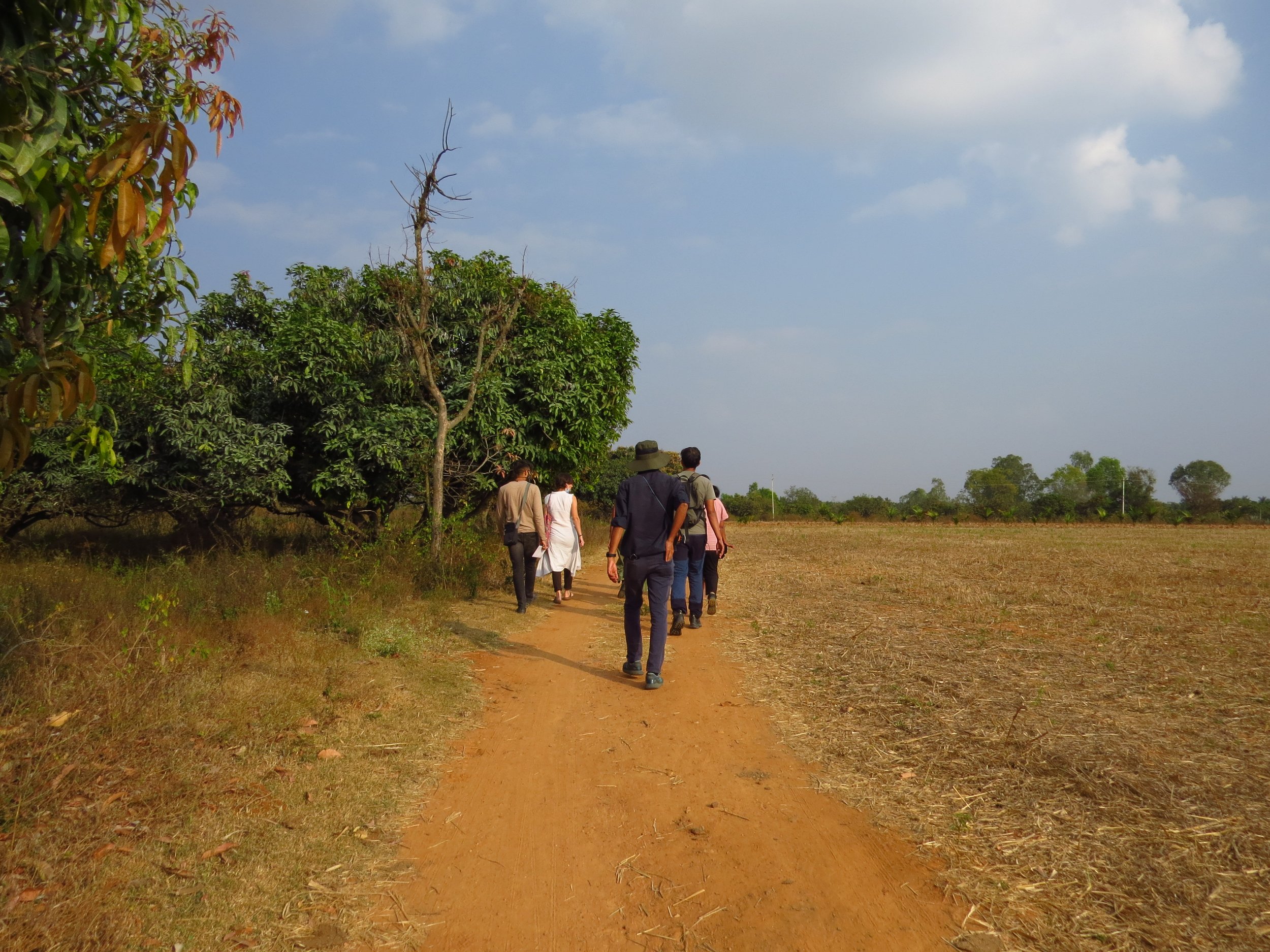Forest keepers of Basavangudda
We walked along an enthralling path laid by a Professor of Bio-diversity. Mr.C R Pradeep - A sapien who truly speaks the language of the forest, much unlike the members of our ministry who cannot yet define one.
This forest-keeping family lives completely off-the-grid(except for masala dosas) and are most certainly carbon negative for creating a 5 acre native forest called Basavanagudda that thrives with 130 species of trees & 140 birds, all WITHOUT any irrigation. This is a sanctuary in the middle of the drought stricken tumkur district where these vanishing trees chose to grow without any water, machines, labour, funds, borewells, pipes and pumps.
Five acres of native forest with integrated food forest that began 12 years ago
We set out to drive to this village near Gubbi in Tumakuru district. We drove past a small stretch of dry-deciduous and thorny scrub forest around Shivgange betta but the rest of the landscape was mostly monocropped with the notorious cash-crop that is the Areca palm. This seemingly very rocky and dry landscape growing a water-intensive crop made us very anxious.
We enter Pradeep’s Thotti mane(courtyard house) and are eager to hear about his story. This former IISc professor and his wife now teach part-time at an engineering college in Gubbi. His daughter studies in the government school nearby and the son is home schooled.
Located in the middle of the drought ridden district that receives untimely bouts of a mere 600mm of rain, this family of 5 lives off the rain water they harvest and use solar power for very essential needs(not even wifi). The panels are sufficient for the minimal lighting and charging needs of the household, there are no other heavy appliances. The water pump is a very small one which runs on DC from a small solar panel.
The story of water in this neighbourhood is a very disheartening one. As we start walking towards his forest-farm, we see a shallow puddle of a seasonal water body. As we naturally do, we jumped and thought about intervening and deepening this pond to hold more water. Pradeep doesn’t think in the same way, he simply doesn’t see the need to disturb a climax wetland ecosystem. What was 40 years ago a spring fed perennial pond is now only a puddle, but the ground perching birds like lapwings and sandpipers nest in these reeds that only grow in shallow waters. There is also a native fish that lays eggs beneath the soil surface that remains dormant through the dry seasons and hatches in the monsoons. To him it is a perfectly balanced ecosystem as it is, any heavy machinery along with its pollutants will only be detrimental not beneficial to it. He plans to expand the pond very very slowly by hand digging deeper pockets and allow the ecosystem to expand.
Currently the farmers around the area dig bottomless bore-wells going thousands of feet deep, abusing the ground water further and finding themselves in financial debt. Pradeep does not believe in solutions that are expensive and exploitative in nature. Instead, he has a small nursery shed(4*12m), that harvests 30,000 litres of water at 600mm annual rainfall. This water is stored in a lime-sealed ferro cement tank of 12k ltr capacity and is consumed directly by family for drinking/cooking. Rain-water stored in cement and some other experimental tanks are used for domestic purposes. The family of 5 along with 2 cattle consume 500 ltrs a day, they planned the tank sizes to hold just enough water for the five dry months (November to April). He has a burlap cement slurry lined wildlife pond and his grey water irrigates his banana crop, closing the loop in the simplest possible way.
As we go further into the farm, resident hornbills squeak in joy and we start our tour to see native forest trees that you only see in reserve forests. Out of the 5 acres of land, nothing has EVER been irrigated. The forest most inherently thrives here with Pradeep's simple experiments to conserve soil and native seeds. We walked the periphery acquainting with each tree but could not stray away from our paths, for he was spellbound by the spider webs to be a true custodian who will not disturb the forest floor. He speaks of nesting tortoises and atlas moths, rare sightings of rosy pastors and ashy woodswallows, is very proud of the resident pair of rat snakes that keep the rodents in check and even grows cotton for the birds to nest.
Edible Chaya spinach enough for a lifetime of greens
The method he uses to grow trees without irrigation is by hand digging deep pits for trees the previous monsoon. He stuffs these pits with Cow dung first and then adds lots of brown and green biomass. He leaves the dug pits for a whole year, and plants the saplings in them during the first rain of the following monsoon. He has had 90% survival rate with this method. He also mulches them heavily each year and allows nature to take its course.
As dusk fell, he raced home to take his calf back to the shed before the leopard would follow its course through his home for the evening. We drove back questioning everything in our lives, feeling deeply inspired by this man-made native forest and all it's sentinels.


